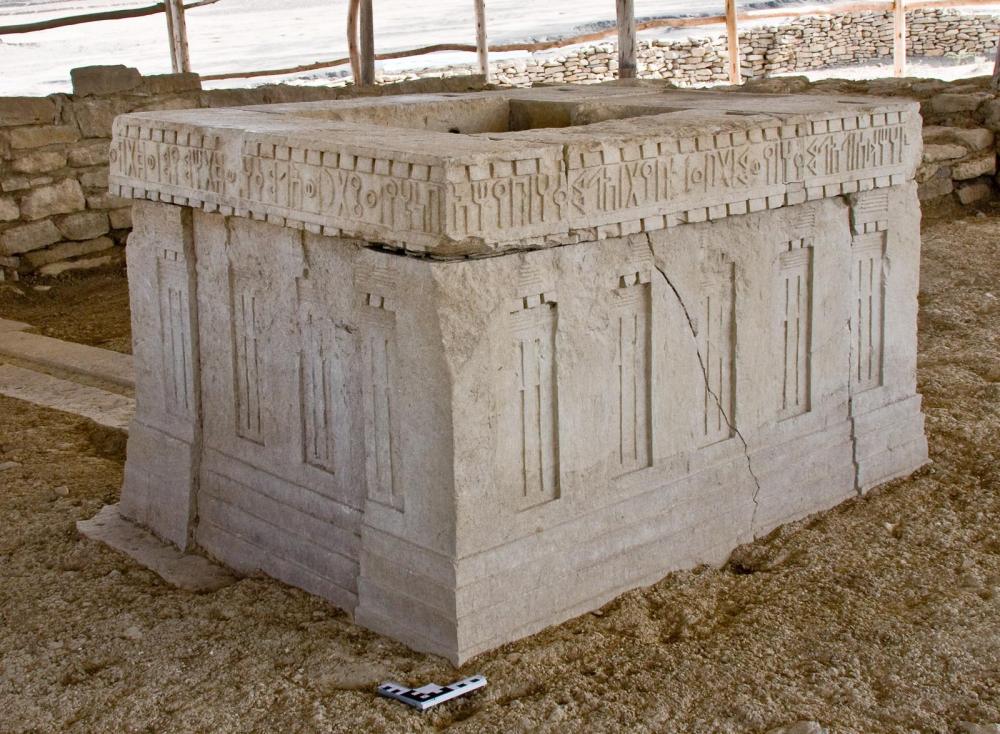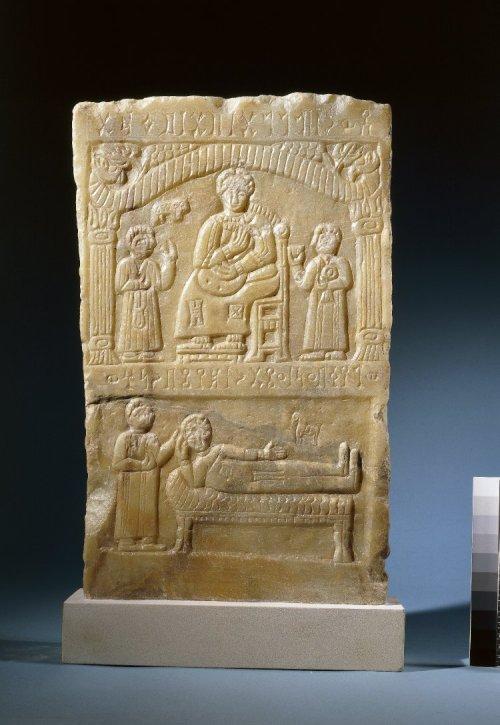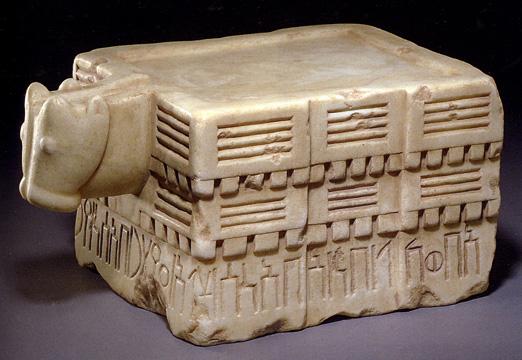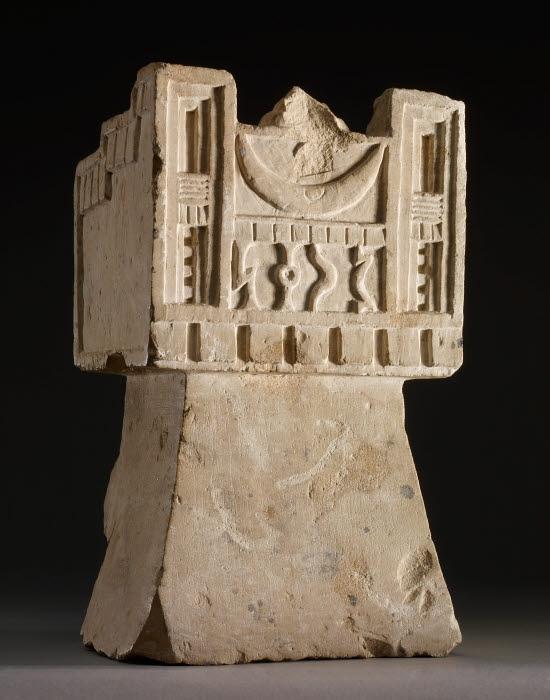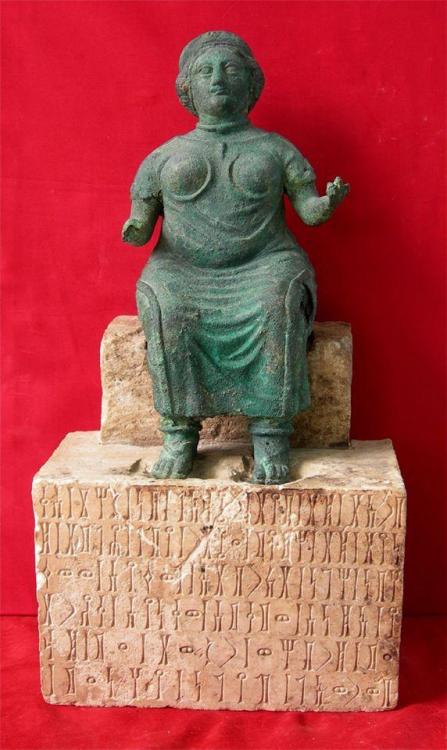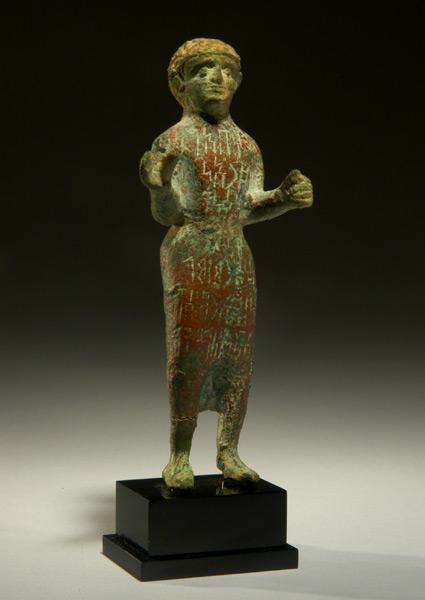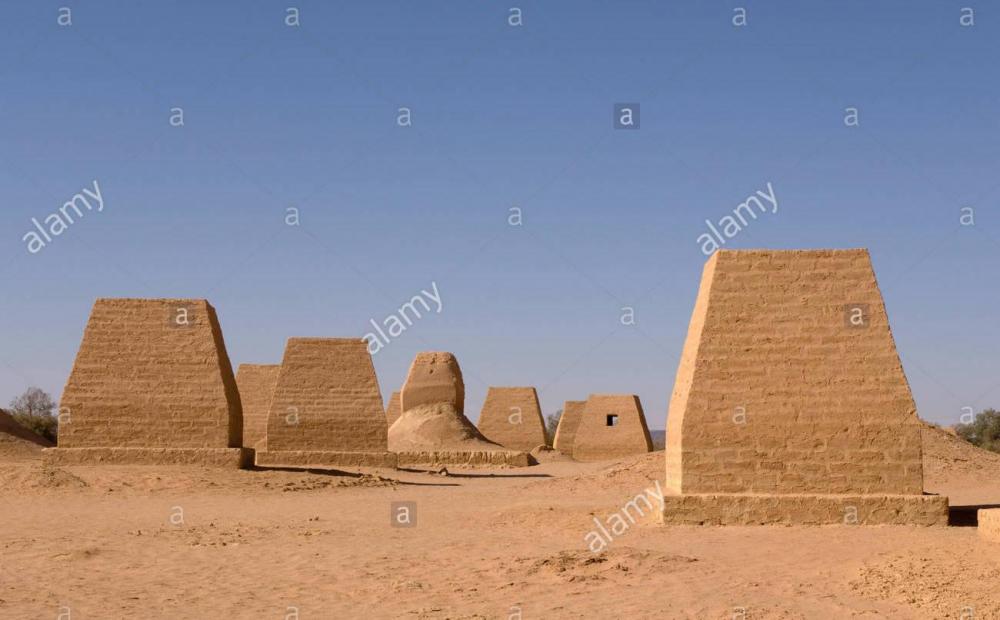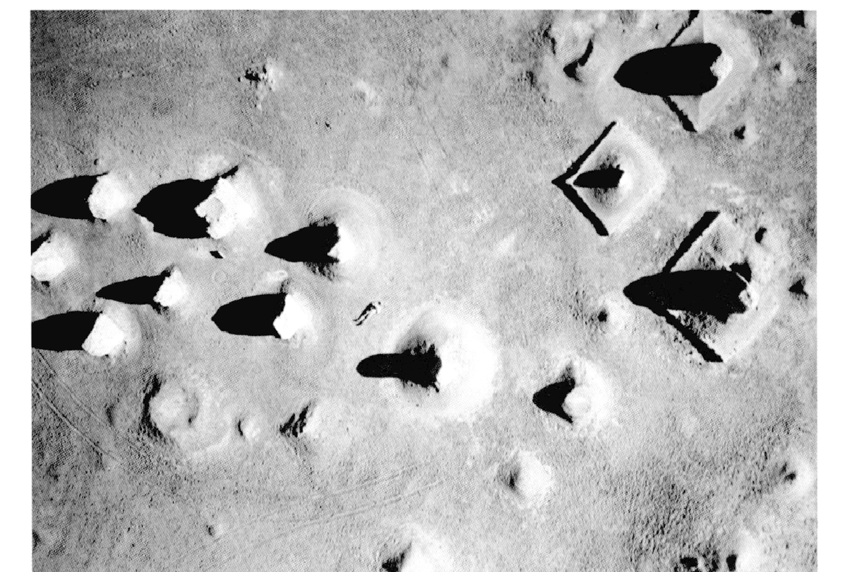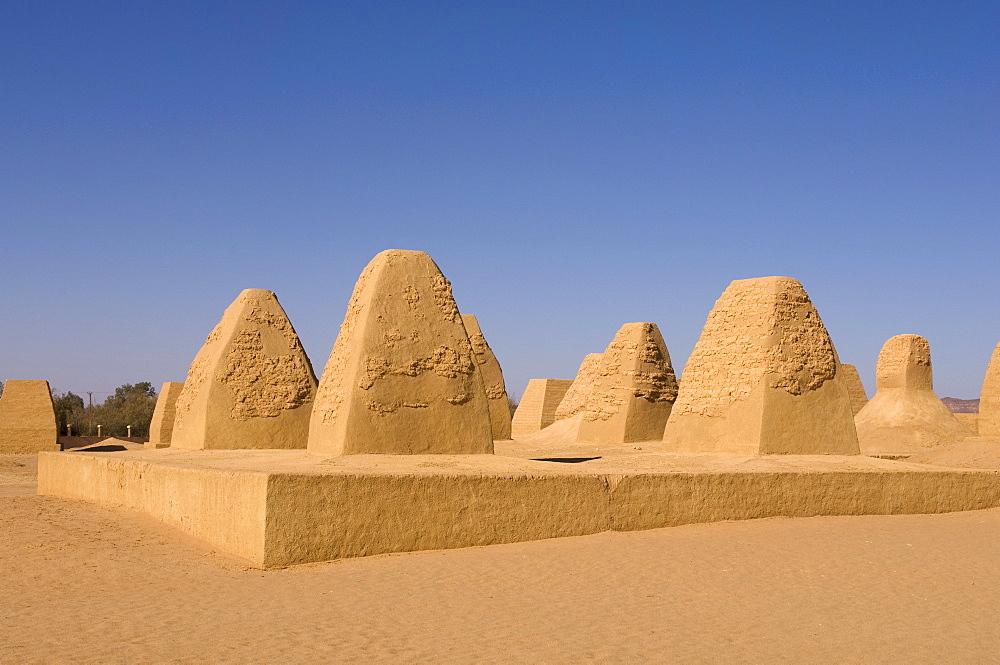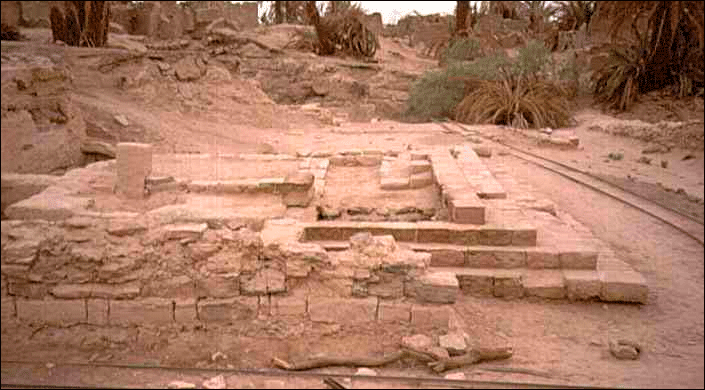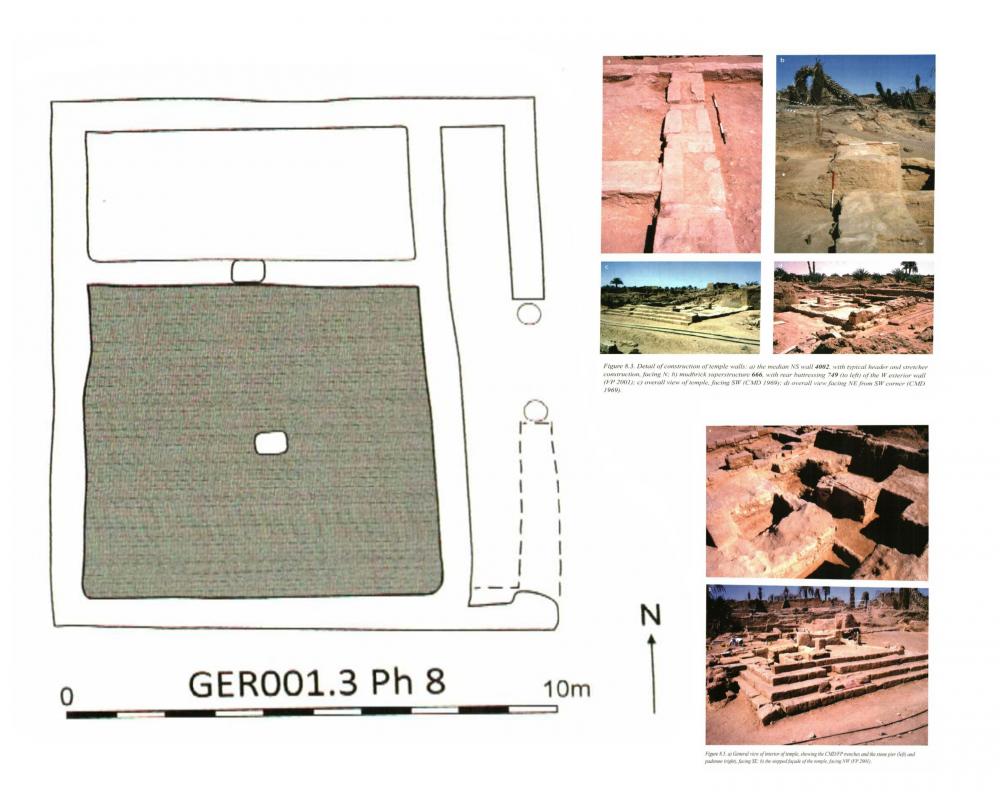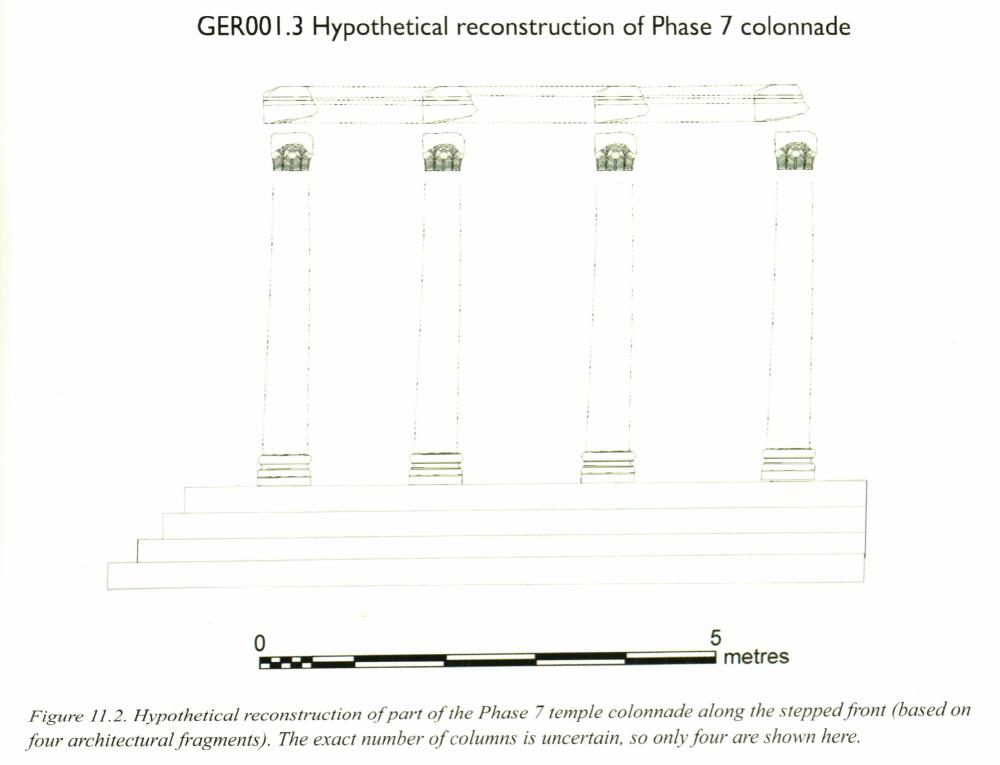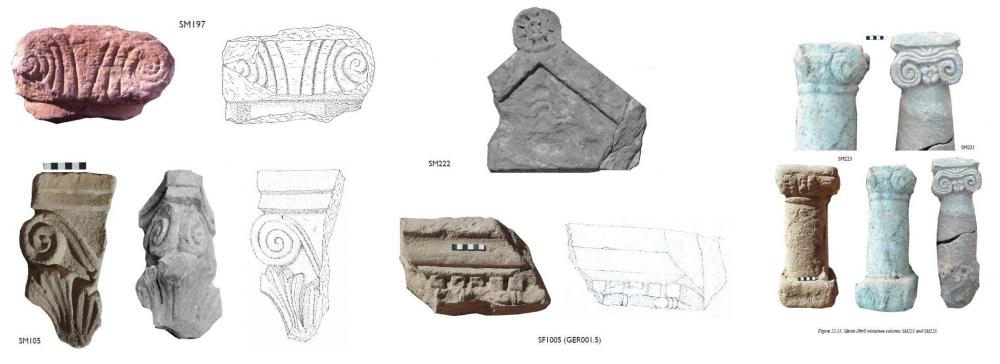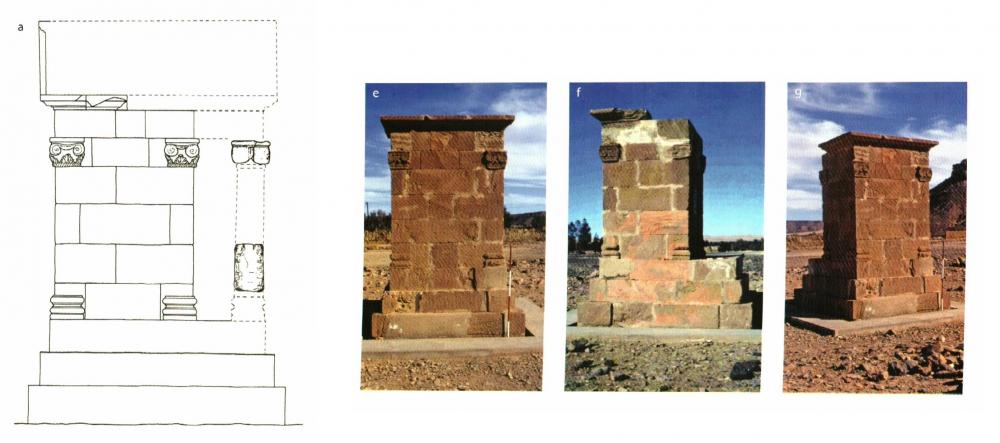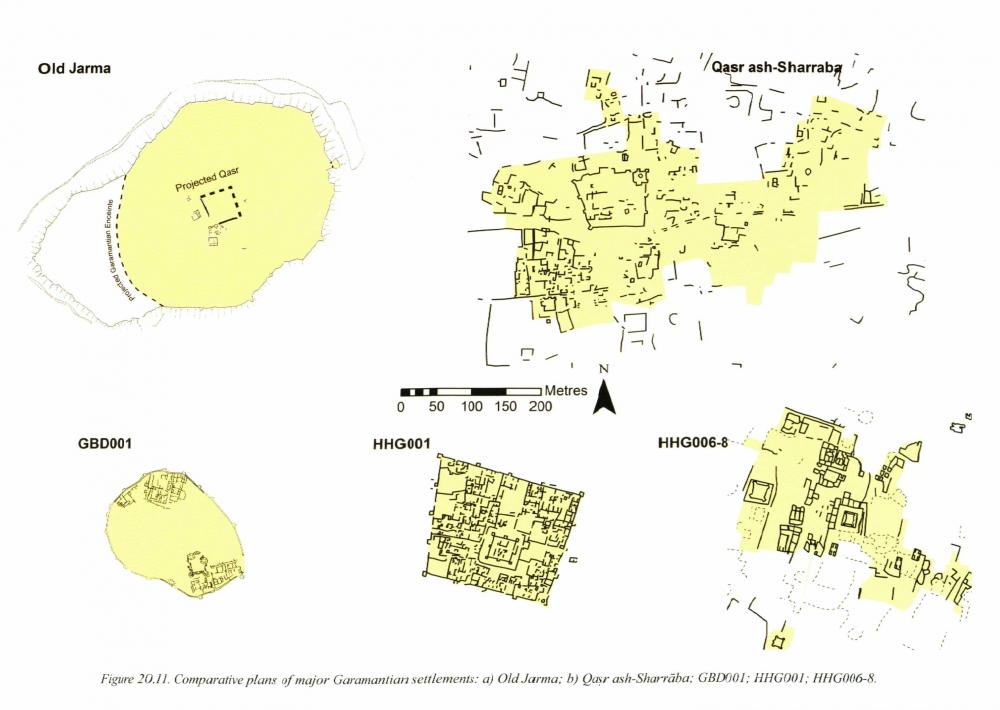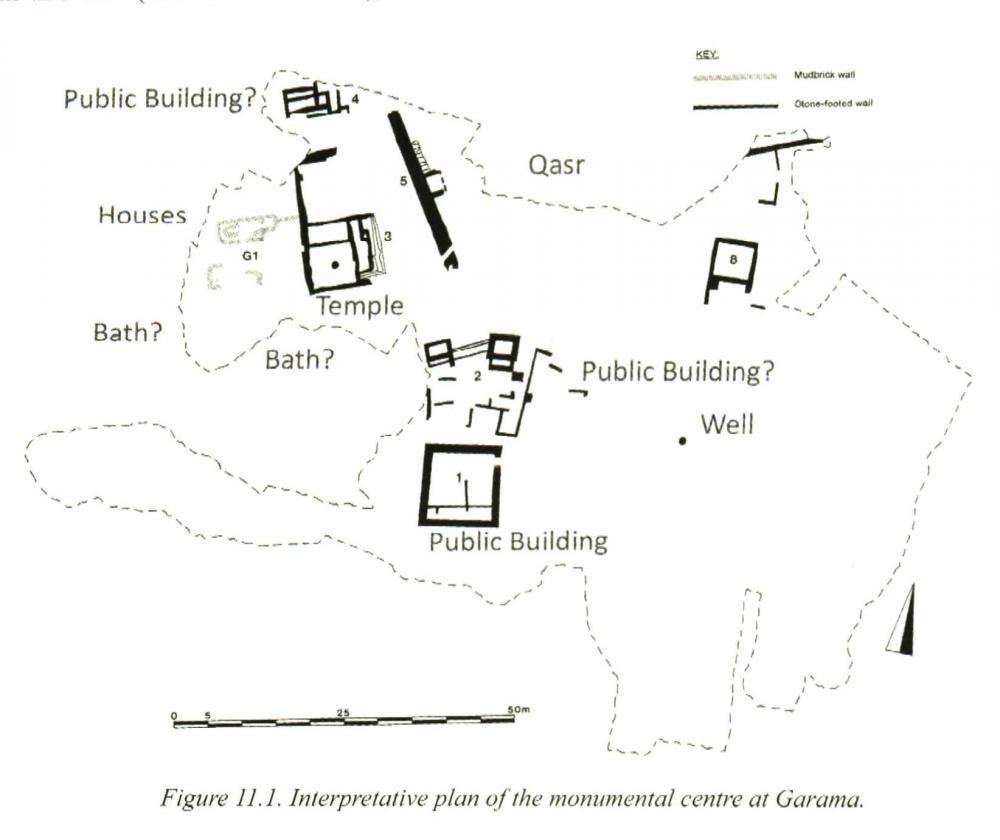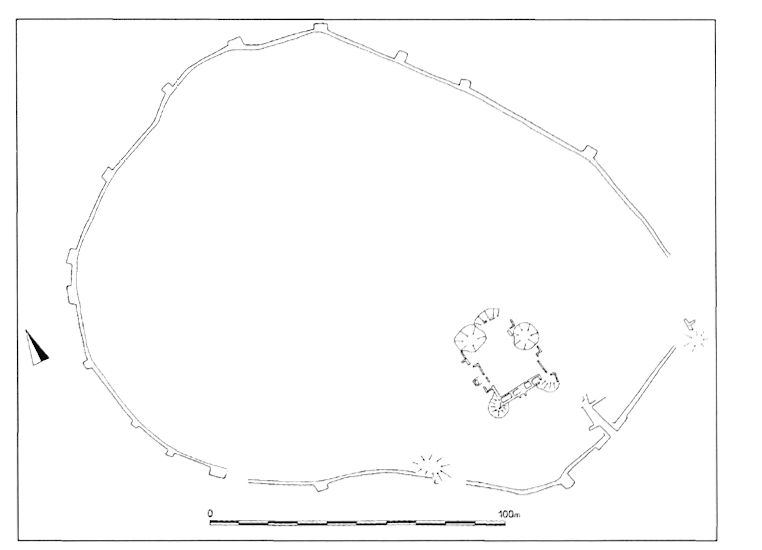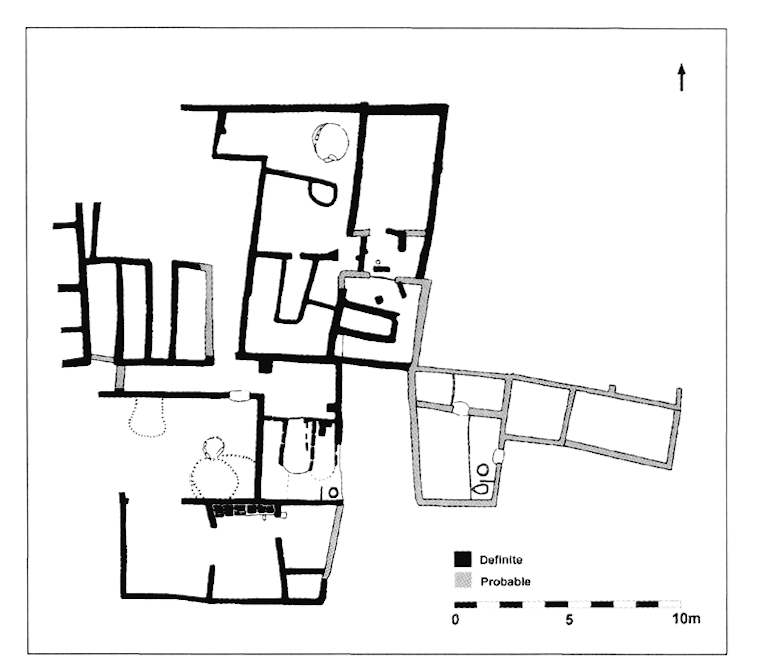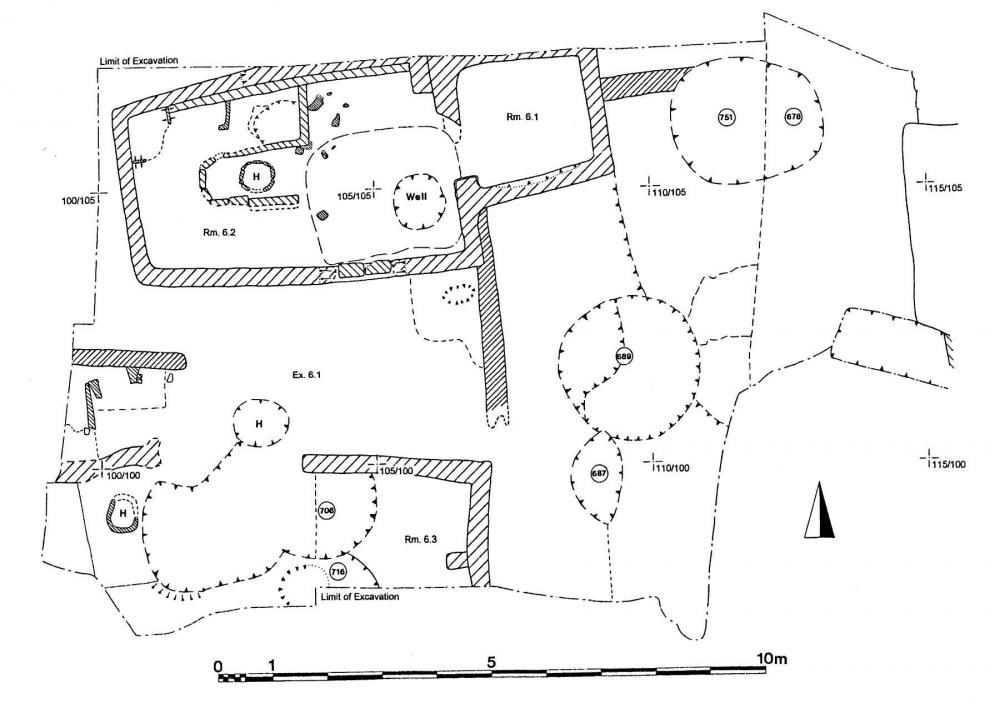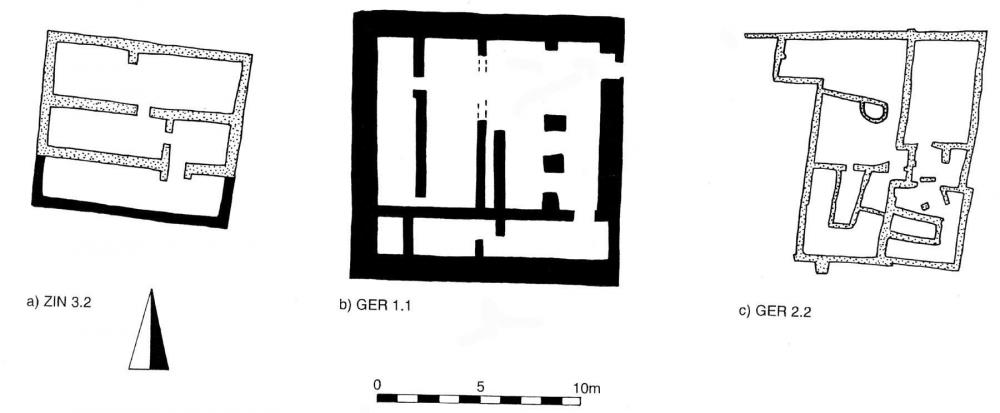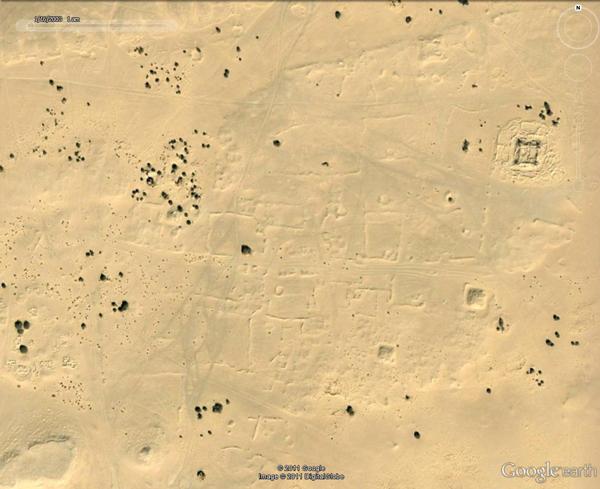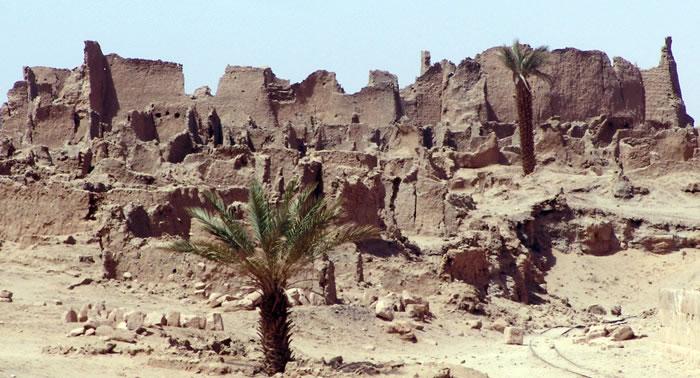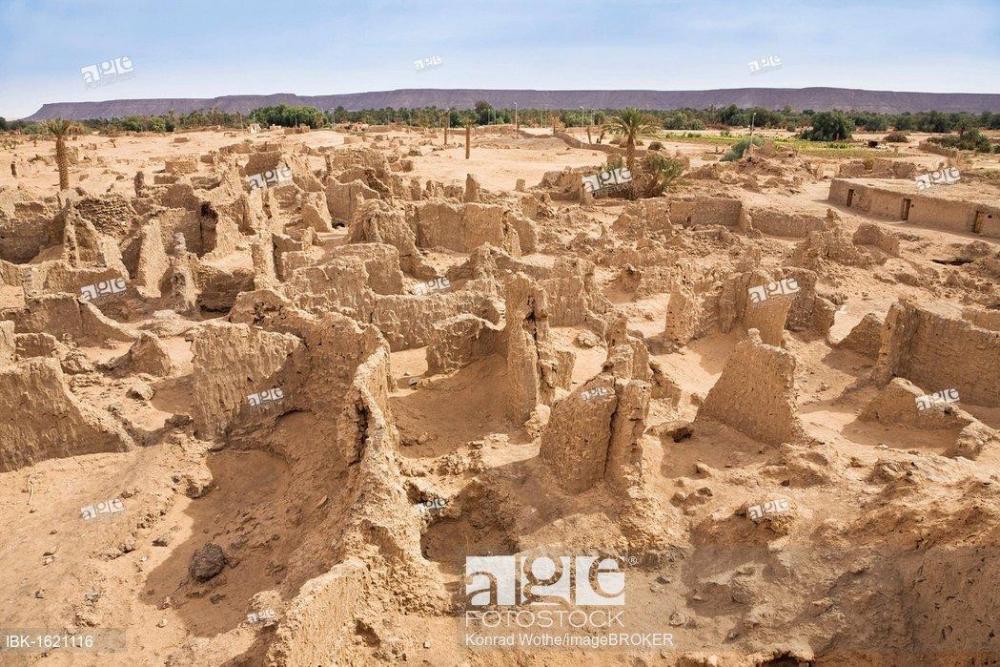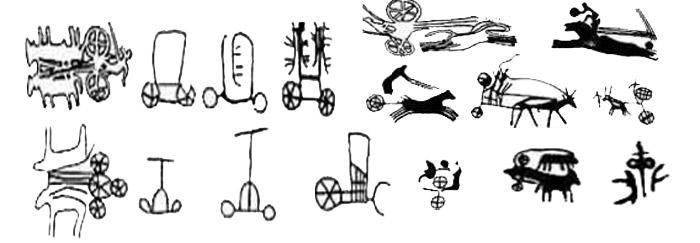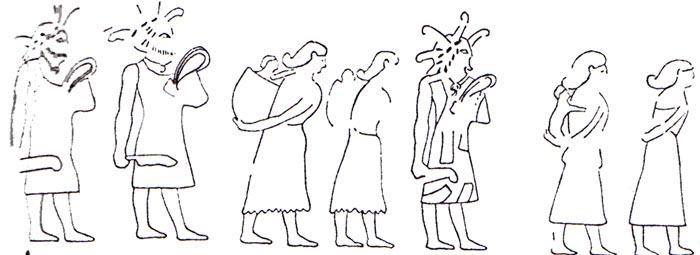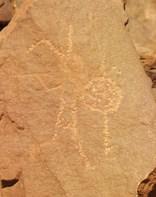-
Posts
2.332 -
Joined
-
Last visited
-
Days Won
60
Everything posted by Sundiata
-
As Alexander said, it's in his horse update. Thanks to him for rigging, animating and actually getting the model in game... It was intended specifically for the hero Queen Amanirenas (chariotry was still around in the 500 BC - 1 BC timeframe, but not as common as it once was). I guess it could be adapted for a champion unit as well. It was originally decided to drop chariots because the Kushite roster is already so diverse and other factions don't have such a diverse roster. A new find in the excavation report of the first excavations of Meroë by Garstang himself. A Kushite chariot from a fragmented relief on the 1st century BC Meroitic period temple M 250 in Meroë (in a militaristic context of battles, massacres, marching soldiers, occupied villages etc). Similar to the fragmented reliefs of 2 chariots in the 1st century BC Meroitic period temple of Osiris in Napata, as well as the fragmented reliefs of chariots the 8th century BC, 25th dynasty reliefs of Piye in the Great Amun temple of Napata. I could also give the "Libyan" chariot a go. Just to be clear, do you mean Libyan, or Garamantian chariot? https://africanrockart.britishmuseum.org/thematic/chariots-in-the-sahara/
-
Why wouldn't it be committed to vanilla?
-
Nice catch. Personally I always thought the range of fortresses was a little too small. You could also reduce the range of archers of course, but since they're a bit of an underused unit as it is, I'd prefer the first option (fortresses aren't much of an obstacle in late game anyway, so a little buff in terms of range won't hurt gameplay, I think)
-
@Monder87 Nice stuff! One question, you've probably covered this, but are these units supposed to be some kind of NPC's that take care of their own stuff, and are assigned indirectly to certain jobs, or do you have to keep track of and adjust all these things manually?
-
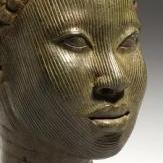
===[TASK]=== African minifaction buildings
Sundiata replied to Lion.Kanzen's topic in Official tasks
The Nuba Village: African Mini Faction, concept art Some concept art made by me (getting carried away again), inspired by Stanislas' Nuba merc camp, and using his texture for the huts. Generic African warrior dude was a free 3D printable model that I imported into Blender (https://free3d.com/3d-model/african-tribal-warriorsknobkerrie-club-v3--170705.html). -

===[TASK]=== African minifaction buildings
Sundiata replied to Lion.Kanzen's topic in Official tasks
Oooh, @Victor Rossi is one amazing artist! Dahomean storyteller: https://www.artstation.com/artwork/k426ll Dahomey was a relatively small, yet powerful militaristic kingdom on the West African coast centred on modern day Togo, sandwiched between the Ashanti and Oyo Empires. It was ruled from Abomey, between 1600 and 1894, and they were probably most known for the Dahomey Amazons (the Ahosi or the Mino), an elite force of several thousand women with a ferocious reputation, fighting as a royal guard, as well as well as separate wings (left and right) embedded in the main army. They actually participated in some major battles like the battle of Atakpame. -

Others RTS - Discuss / Analysis
Sundiata replied to Lion.Kanzen's topic in Introductions & Off-Topic Discussion
. There are more direct comparisons, like the obvious AoE series, but also games like Rise of Nations, the Empire Earth series, Rise and Fall: Civilizations at War, Empires Apart, etc.. There are indeed vague similarities between all the games mentioned, and I think it's good to take inspiration from anything that could benefit this game, regardless of genre. Nothing extreme, of course. In essence 0AD will always be a historical, Classical RTS. But we can also try to expand the meaning of that. -
The Kushites seem to have the Thai stamp of approval I don't know what Shaka has to do with it though... Cool art either way
-

===[COMMITTED]=== Gallic Naked Warrior (Re-design)
Sundiata replied to wackyserious's topic in Completed Art Tasks
Made my evening... -
I'm pretty sure @Trinketos would be happy with some more helping hands
-

===[COMMITTED]=== Gallic Naked Warrior (Re-design)
Sundiata replied to wackyserious's topic in Completed Art Tasks
It's still a work in progress. I'll share it in the forum for public scrutiny very soon (it hasn't passed any reviews yet), but the idea is to have an RTS adaptation of an actual Gallic sanctuary, the sanctuary at Gournay-sur-Aronde in particular (but it has parallels in other sanctuaries as well). -

===[COMMITTED]=== Gallic Naked Warrior (Re-design)
Sundiata replied to wackyserious's topic in Completed Art Tasks
Now that you mention it, it would be interesting to explain the ritual aspect of their nakedness (I know there's debate about it, but let's be real, it was probably ritual more than anything, no?). It wouldn't be the only civ to recruit a special unit from their temple either. I stand corrected -

===[COMMITTED]=== Gallic Naked Warrior (Re-design)
Sundiata replied to wackyserious's topic in Completed Art Tasks
I could easily imagine the "auditorium", which probably functioned as some sort of assembly building for nobles, as the place where nobles came together to make important decisions, like hiring a bunch of naked fanatics for the upcoming campaign or whatever. -
Some nice narration from a new player getting to know the game. Same guy as the video Coworotel posted 2 messages up.
-

===[COMMITTED]=== Horse Update 2.0 (Retexture)
Sundiata replied to Alexandermb's topic in Completed Art Tasks
Normally the mane never hinders the rider. It's difficult to explain, but it's not really a thing you ever worry about when riding. It never obstructs vision. Unless you're riding something like an Andalusian with ornately long manes, then yes, maybe it's an issue if your spear get's tangled in that. I did randomly read somewhere that manes were sometimes trimmed for that reason... The main thing I can think of is with heavily armored horses like the cataphracts, the manes might be cut (slightly helps prevent overheating when the neck is covered, I assume), but you wouldn't see the manes in that case anyway. Manes were also sometimes pleated, for decoration/neatness. About the types of manes, it's true that some breeds have much more bushy manes, especially the more archaic types, I believe (Celtic horses maybe?). I'll try to make a few variations for the mane-textures soon (trimmed, cropped, pleated). -

Technology Portraits (2019 and beyond)
Sundiata replied to wowgetoffyourcellphone's topic in Art Development
Quite frankly, I think the current icon of a pick axe is close enough to the Roman Dolabra, which was, among other things, used for mining and was part of the legionary's kit used for digging trenches and such. The current icon is clear and unambiguous. @Anaxandridas ho Skandiates Useful contributions to the game are always welcome, but you seem to have some difficulty grasping a few things. First of, we are all volunteers, and individuals will pretty much work on what they want to work. Especially if they're not team members. Nobody is paying anyone's bills here. There's a million and one things the team members are pre-occupied with, and they're horribly short-staffed as well. Wow is the main developer of Delenda Est, a total conversion mod, and is dealing with a plate full himself. I honestly chuckled at his response, but it's no less a genuine suggestion. People are drowning in work as it is. The pick-axe isn't a priority (it's not even wrong). But nobody is stopping you from making your own version if you want to. If you're an Antiquity expert, you should relish in the opportunity of educating us plebs, but some of your responses to quite a number of individuals who simply asked questions or sources have been nothing less than arrogant, and you become borderline belligerent and unnecessarily personal in some of your posts as well. I'm not attacking your expertise, but it's a bit difficult to take an anonymous person serious when their response to anyone who questions them is basically: "who is the expert here? Huh? You or me?" And when confronted with conflicting views from other (non-anonymous) experts, you just dismiss them. In another discussion, Lion.Kanzen warned you that you will be ignored if you insist on being like that. It's up to you, if you want to prove him right or not. I'm honestly curious about your modeling work, you clearly know your Greek, and I sincerely hope that you can become/continue to be a valuable contributer to the game. I just hope that you take my words serious, and try to work on your communication skills. There's no need for aggression (active or passive). -

===[TASK]=== African minifaction buildings
Sundiata replied to Lion.Kanzen's topic in Official tasks
I should really get to work on more serious things... Anyway, a quick concept update: some lazy texturing using Carthage texture pack. One day, my sweet Sabaeans.... One day... -

===[COMMITTED]=== Horse Update 2.0 (Retexture)
Sundiata replied to Alexandermb's topic in Completed Art Tasks
Interesting remark... I have no doubt that natural manes were the norm, in general terms, but since you bring it up, quite a number of depictions of horses with roached/hogged/cropped manes, that stand up right, exist from Antiquity. A very small number of horses have naturally upright manes (comparable to those of przewalski's and zebra). Actually wouldn't be bad for some of the Greco-Roman and Achaemenid elite cav... -
Ooooh, Kushite archers needs this as well! Nice... I think they used the poison of vipers...
-

===[TASK]=== African minifaction buildings
Sundiata replied to Lion.Kanzen's topic in Official tasks
@Diatryma, The Sabaean Temple of Barran, near Ma'rib, is colloquially known as the Throne of Bilqis (Bilqis is the Arabic name for the Queen of Sheba). I got a little carried away and modeled a quick tentative reconstruction. 0AD concept art for a new Sabaean faction, in a few years time Mmmm, Sabaeans... -

===[TASK]=== African minifaction buildings
Sundiata replied to Lion.Kanzen's topic in Official tasks
I'm assuming you mean how do the "Black Hebrews" look like? Keep in mind they shouldn't be conflated with the "Black Hebrew Israelites", an extreme fringe group of Afro Americans that aren't recognized as Jews by the greater Jewish community. The Ethiopian Jews on the other hand are a genuine Afro-Semitic population of an ancient stock, and recognized as such by the world's Jewish community. They're called Beta Israel, but are also referred with the derogative "falasha" or falash mura" There's a number of differing theories about how they got there, all quite plausible. There's the tradition (national narrative) that says they come from the Israelite companions of Menelik I, the first Solomonic ruler of Ethiopia, son of Queen Makeda of Sheba and King Solomon. Another tradition claims that they descend from the tribe of Dan escaping various destruction events in ancient Israel. Another tradition states that they descend from a Jewish community at Elephantine on the border of Lower Nubia in South Egypt, who escaped the campaigns of Psamtik I or II, passing through Kush and entering Ethiopia. There was actually a synagogue on Elephantine... Other Jews are said to have been settled on the border of Lower Nubia during the Ptolemaic period as well, said to be allies of Cleopatra, and fled into Kush, and then Ethiopia during the Roman conquest of Egypt. There's also an undeniable relation to the Yemeni Jews. A number of obscure Jewish Kingdoms existed in ancient Ethiopia (see testimony of Eldad the Danite), and at least some of the Ethiopians that converted to Christianity in the 4th century were originally Jewish. Some of the Ethiopian Jews were medieval Christians who converted back to Judaism, so it gets really complicated. They're not homogenous, and they're also closely related to other, Christian Semitic populations of Ethiopia like the Amhara and Tigrinya. After the overthrow of Haile Selassie I, the Ethiopian Jews started facing a lot more persecution and marginalisation under the communist Derg regime, and they emigrated to Israel en masse, during several waves, aided by Israel (Operation Moses and Operation Solomon). Currently more than 130.000 Ethiopian Jews live in Israel as naturalized citizens, virtually the entire population... Anyway, this is what they look like Beta Israel, the black Jews of Ethiopia: https://en.wikipedia.org/wiki/Beta_Israel If you're interested in black Jews, there's also the extraordinary claim of Jewish descend from the Lemba people of South Africa and Zimbabwe. Genetic studies actually confirmed Middle Eastern ancestry among a significant portion of the population. https://en.wikipedia.org/wiki/Lemba_people -
They are indeed... The rise of the Mayans begins just after the collapse of Mycenaean Greece, but predates the advent of the archaic period, at 1000 BC, and continues into the classical and Hellenistic periods... Monumental architectures starts around 500BC in the mid-Pre Classic period, the classic period starts around 250 AD and continues to 900 AD. But the last independent Maya city didn't fall until 1697! They have a loooong history... @Wesley You also have to keep in mind that all the civilizations currently in vanilla are interconnected. They might not all have faced each other in battle, but at least they all sort of knew about each other and traded either directly, or indirectly. Romans and Chinese for example knew about each other, if only vaguely.
-

===[TASK]=== African minifaction buildings
Sundiata replied to Lion.Kanzen's topic in Official tasks
In terms of territory, both of those maps depict the Aksumite empire at it's height during the 6th century AD. The Kingdom of Saba is not known to have ever exerted political influence in East Africa. The Biblical Kingdom of Sheba is tentatively identified with the Kingdom of Saba, but Ethiopia has a much stronger national narrative claiming to be the seat of the ancient kingdom, and currently possessing the Ark of the Covenant, housed in Axum. Personally, I think the history is too obscured, intertwined and semi-mythical to try to draw absolute conclusions. I remember reading about Sabaean inscriptions from that altar in Ethiopia explicitly mentioning the "red Sabaeans" and the "black Hebrews" essentially living in the same place. The black Hebrews here refers to the Ethiopian Jews (Beta Israel/Falasha), who are thought to have established themselves in Ethiopia around this time. It's all a bit fuzzy.. -

===[TASK]=== African minifaction buildings
Sundiata replied to Lion.Kanzen's topic in Official tasks
The Sabaean Kingdom or the Kingdom of Saba was a South Arabian (Yemeni) kingdom that flourished from the 8th century BC (or earlier) to the 3rd century AD, with a capital city at Ma'rib. They were an extraordinary people and another one of my personal favourites. They were master masons, built some of the world's first proper high rise apartments, were engineering experts (ma'rib dam) and rich from the Indian Ocean and Red Sea trade in incense and myrrh among other things. They actually fought a war with Rome, with an unclear outcome, at the same time that the Romans were fighting a war with the Kushites in the first century BC. They had a very strong African connection, and explicitly Sabaean artefacts, inscriptions and architecture are known in Eritrea and Ethiopia, during the time of the African Kingdom of D'mt. It has been thought in the past that D'mt was an offshoot of the Sabaeans, but these ideas are being abandoned. Sabaean influence is undeniable though. African and South Arabian populations mixed in Ethiopia during the 1st millennium BC. During the later Ethiopian/Eritrean Aksumite Empire, the same people that destroyed the Kushites, the Aksumites actually also conquered South Arabia, then under Himyarite hegemony, (early 6th century AD), including Saba, and even attempted to conquer Mecca using war-elephants, but failed. So there's a lot of back and forth, that has been going on for thousands of years. Even today, Eritrea is absorbing the bulk of the refugees from the war in Yemen, and in the past, Ethiopians, Eritreans and Djiboutis worked in Yemen in considerable numbers. They're all distantly/vaguely related, somehow. To be honest, I want Sabaeans more than I want Garamantes, lol In a perfect world, it would be like this: Early Arabs (north and south): Nabataeans (Northern Arabia) Sabaeans (South Arabia) Proto Berbers (West and East): Numidians (North Algeria/Tunisia) Garamantes (Fezzan/South Libya) Sabaeans, mmmmm.... Temple of Awwam at Ma'rib: Sabaean script: Sabaean bronze: Libation altar: Incense burner Traditional Yemeni architecture, a tradition dating back to the BC period: Examples of explicit Sabaean influence in Ethiopia: A Sabaean altar in a temple to Almaqah, the Sabaean supreme god, in Tgray, Ethiopia. Sabaean inscriptions clearly visible: Sabaean inscriptions from the temple at Yeha, Tigray, Ethiopia. Yeha is thought to have been the capital city of the Kingdom of D'mt: -

===[TASK]=== African minifaction buildings
Sundiata replied to Lion.Kanzen's topic in Official tasks
@Wesley I definitely think the Qanat should be an important aspect of this civ. But not a wonder. I would love for the game to be able to determine fertile and non-fertile lands on maps, preferably with a gradient (0-100% fertility). Maybe it could be tied to the current tile system for specific ground textures. Basically deserts would be non fertile, and green zones fertile. Then civs like the Garamantes, but also Persians, Ptolemies, Kushites and Seleucids would have special advantages by being able to farm in the desert using these types of qanat systems (or Saqiyas). Could add nice biome-based strategies. Garamantes had some "monumental" architecture. Nothing too impressive, but there's still suitable candidates for wonders. Particularly the Al Hatia tombs at Germa: The wonder could just be a small collection of these things? A better example of monumental architecture is the central temple of Germa (GER001.3), but that should obviously serve as the reference for the temple... Examples of Greek influence, (faux Ionian and Corinthian capitals): This structure, the mausoleum at Qasr Watwat, could easily function as the Iberian venerated statue in-game: Some examples of domestic architecture (homes/workshops). Some of it was multistoried...: Elite: Lower class: " "Batiment Garamantique fouille a Saniat Jibril par Daniels" Germa (or Garama), and other Garamantian sites: "Site-urbain-de-Qasr-bin-Dougba": Germa, the capital: Garamantian chariots: People: A skirmisher armed with javelins and a round shield (typical Libyan feathers in hair?) Interesting stuff: https://historum.com/threads/the-kingdom-of-the-garamantians.118859/#lg=_xfUid-9-1550497430&slide=0 https://www2.le.ac.uk/offices/press/press-releases/2011/november/castles-in-the-desert-satellites-reveal-lost-cities-of-libya https://www.world-archaeology.com/features/garamantes-libya/ https://www.livius.org/articles/place/garamantes/

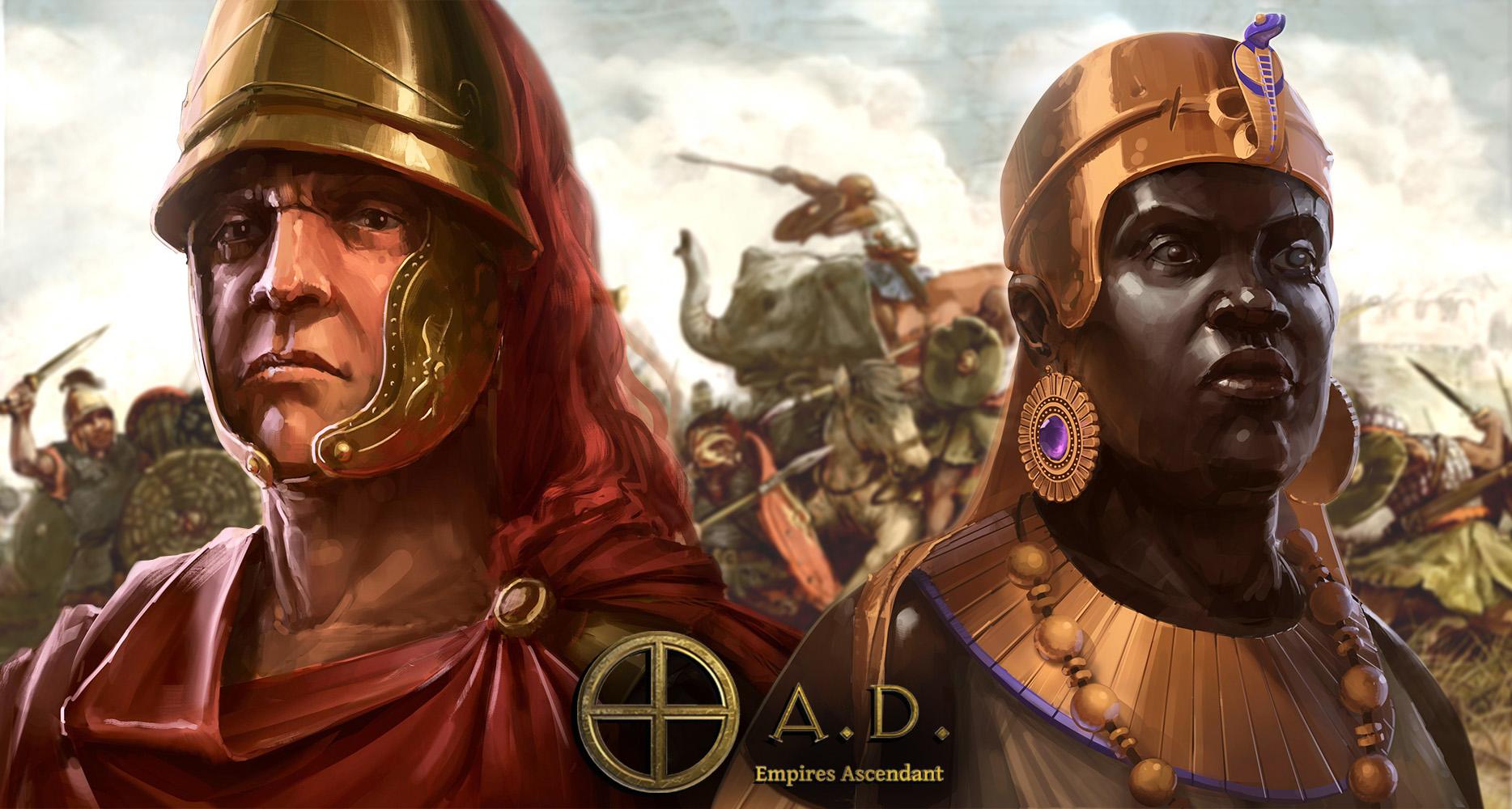
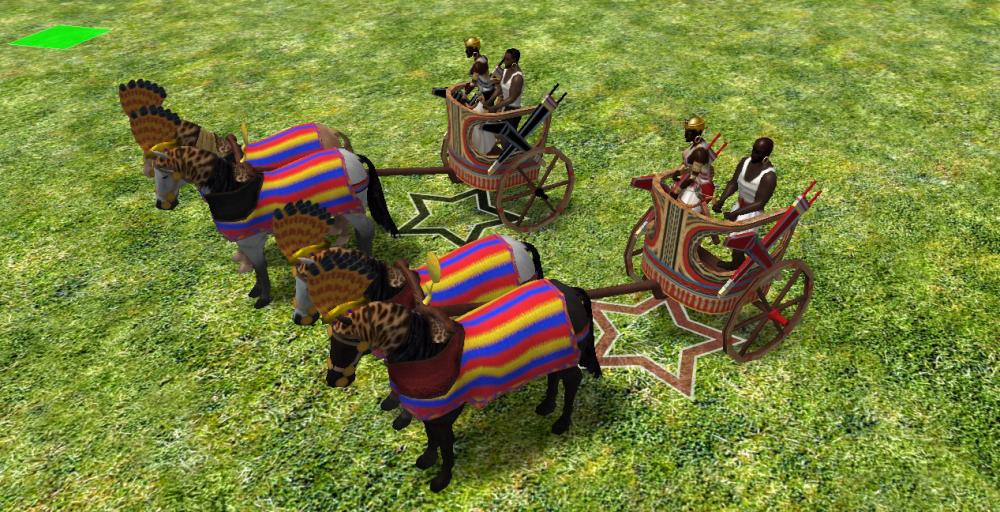
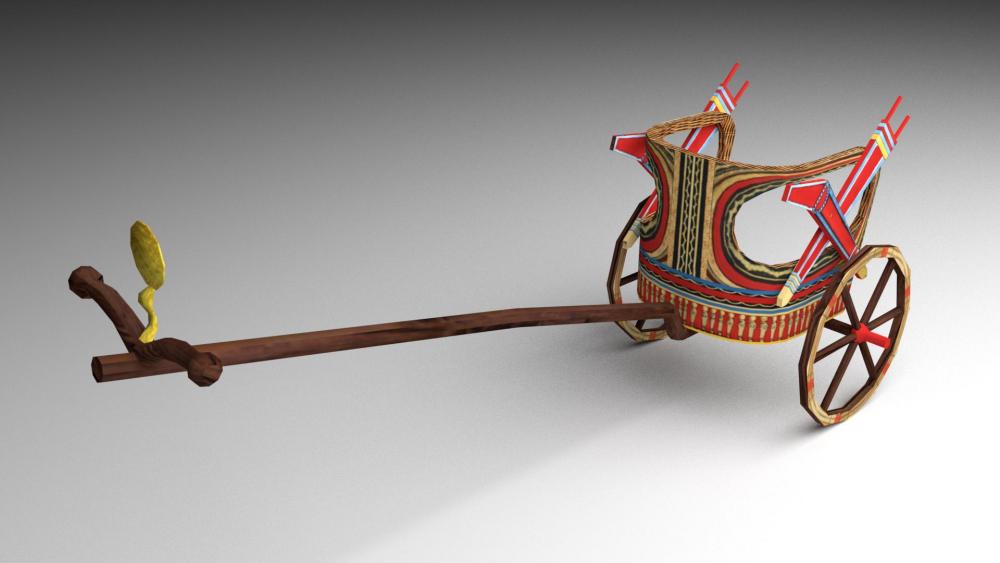
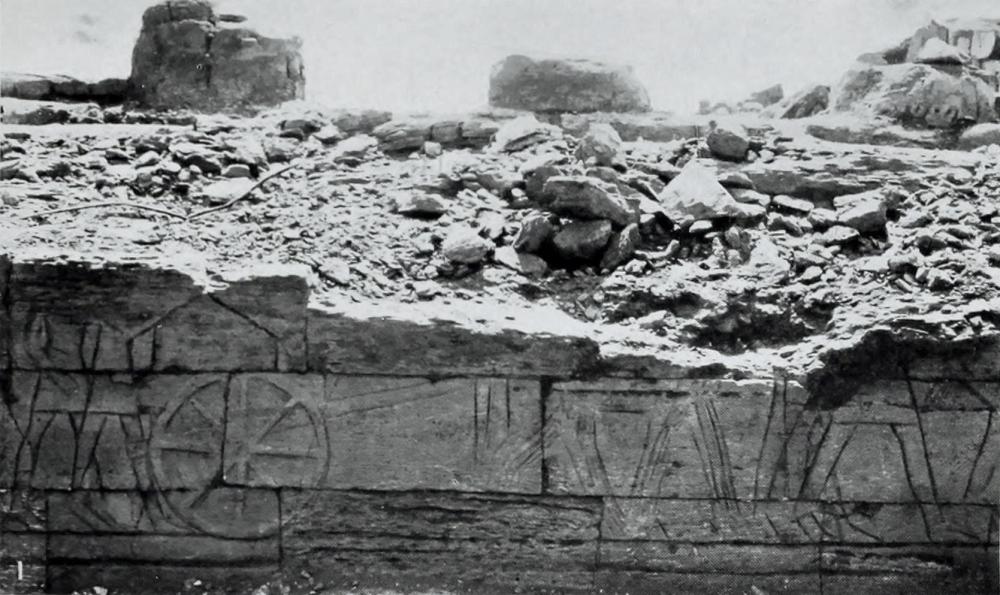

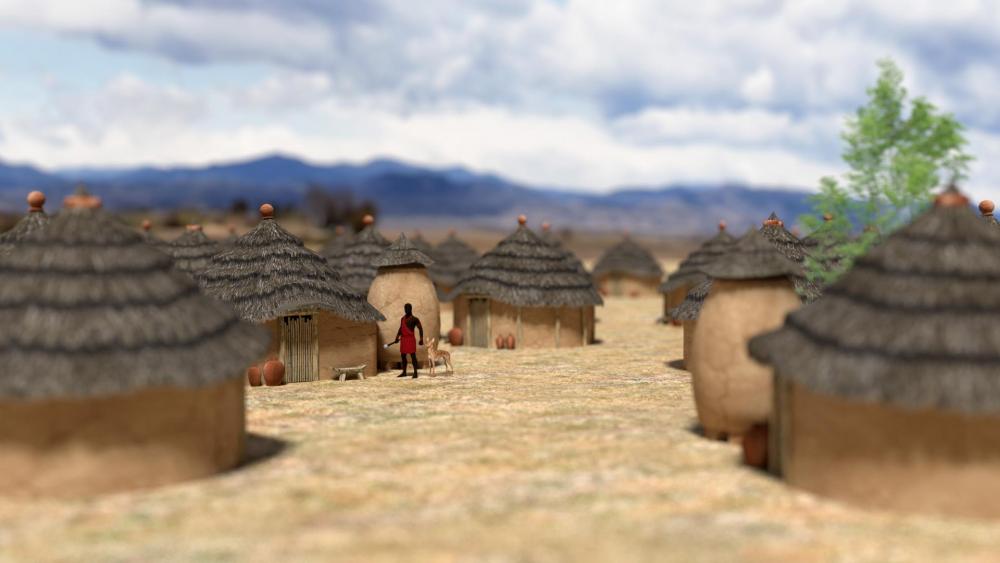

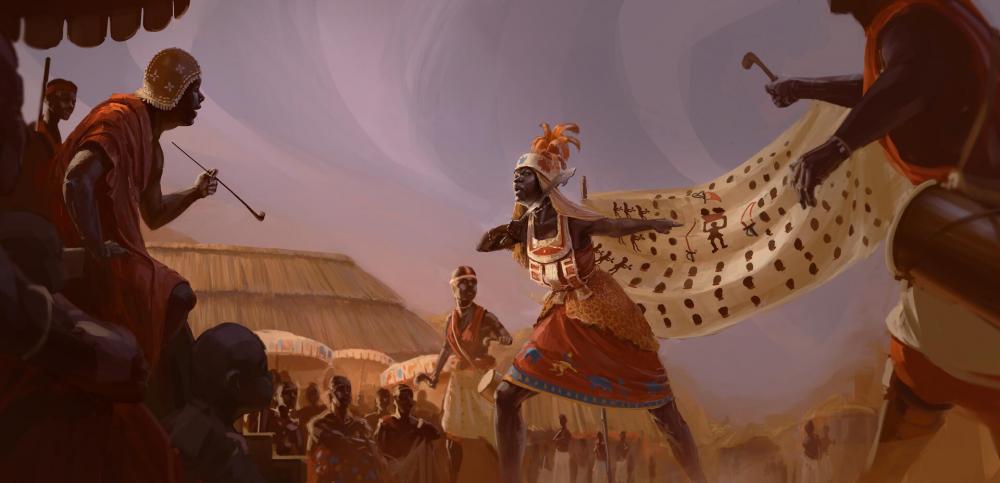



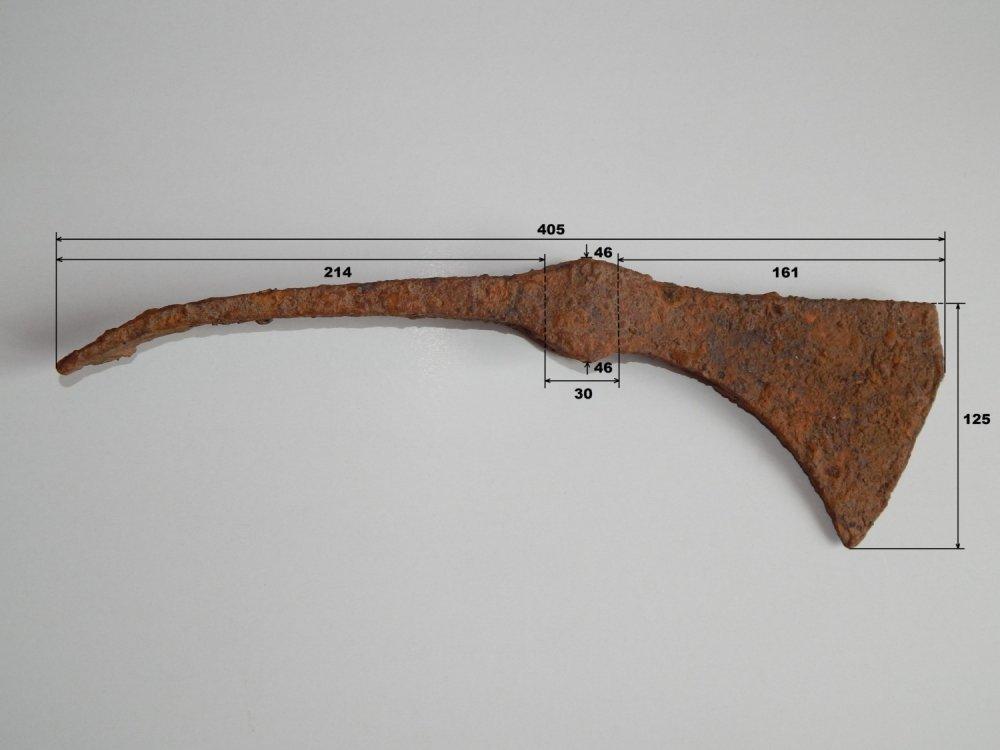
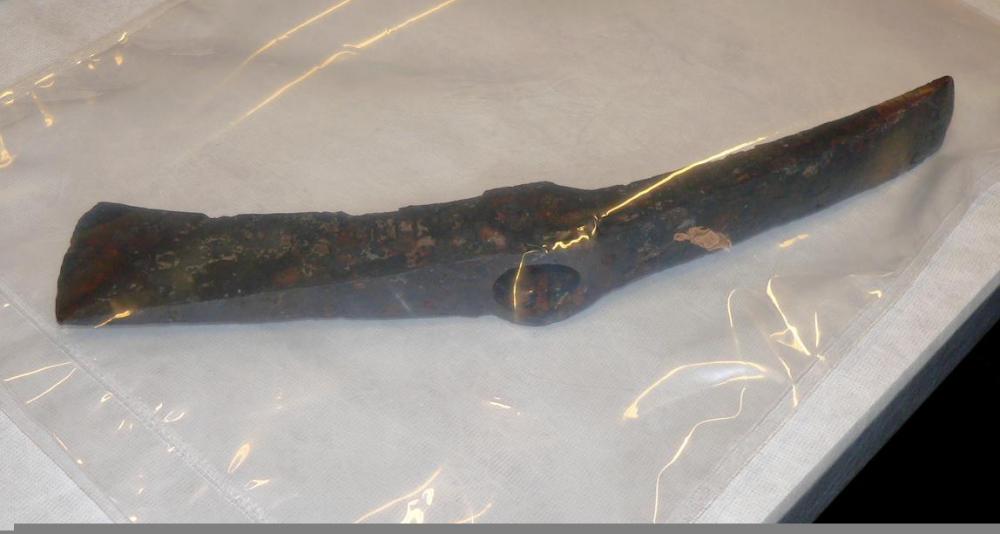
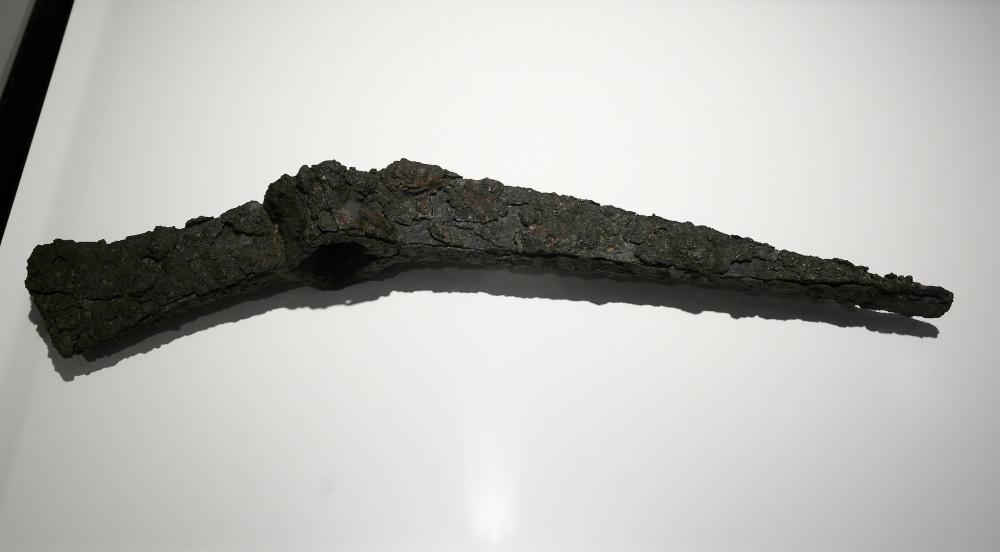
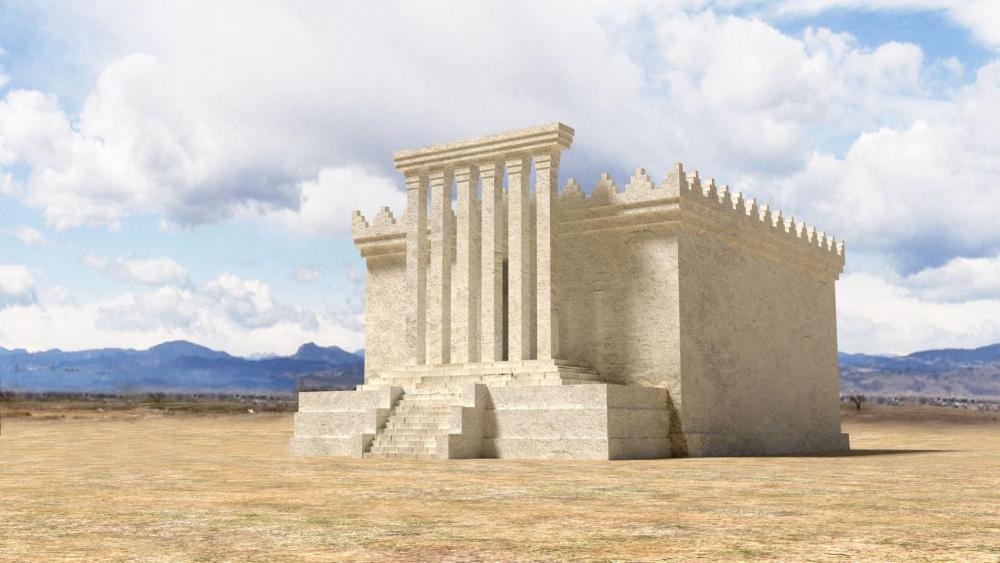
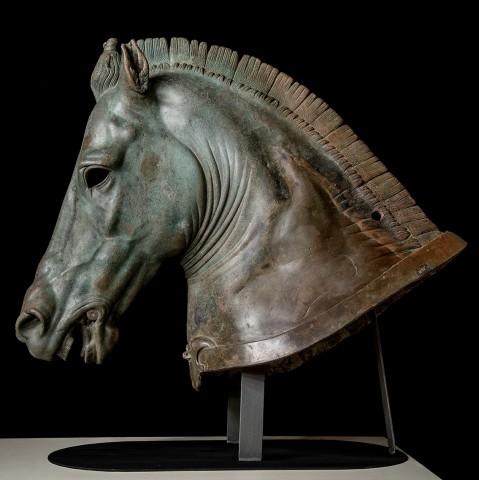
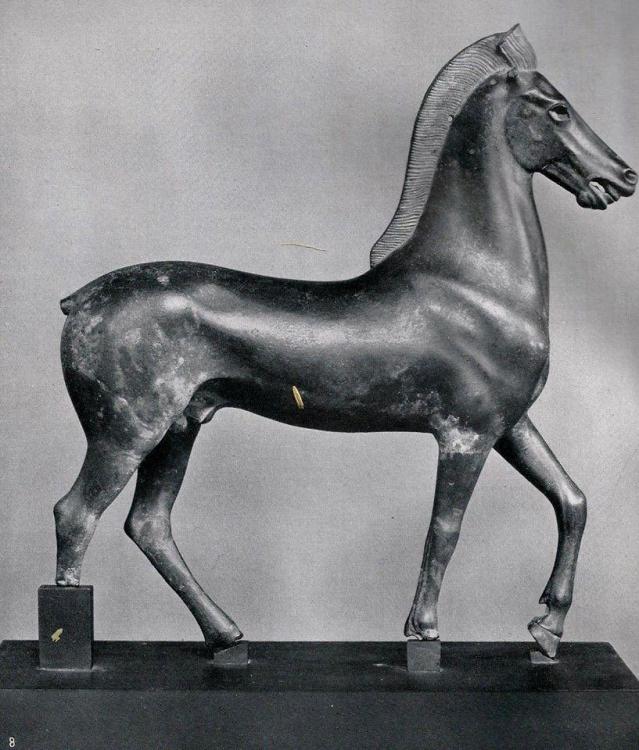
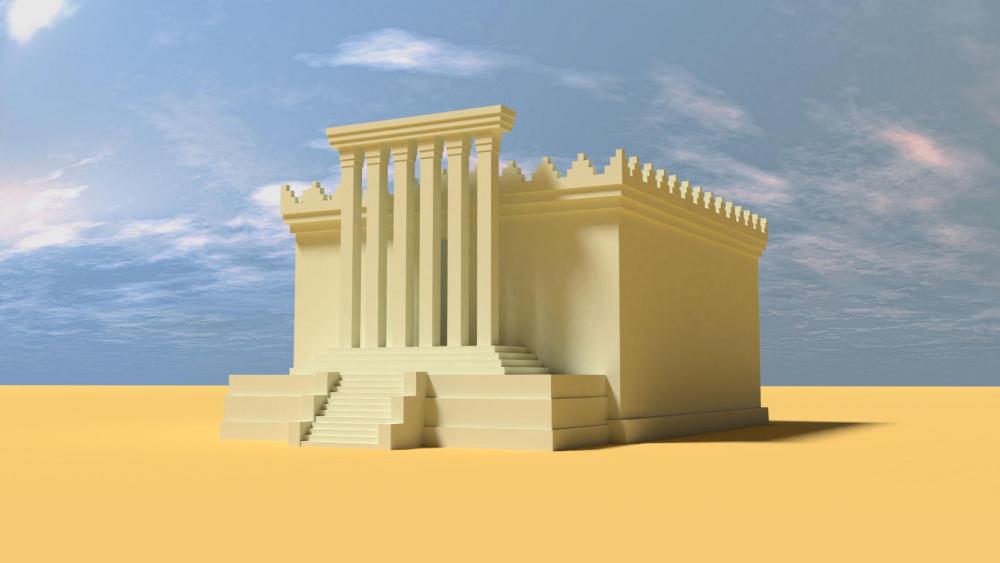
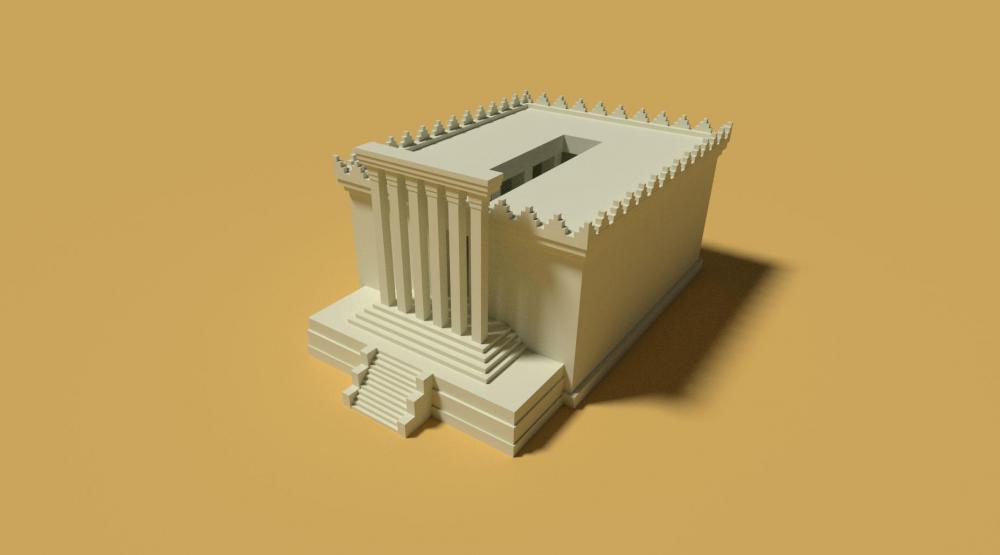
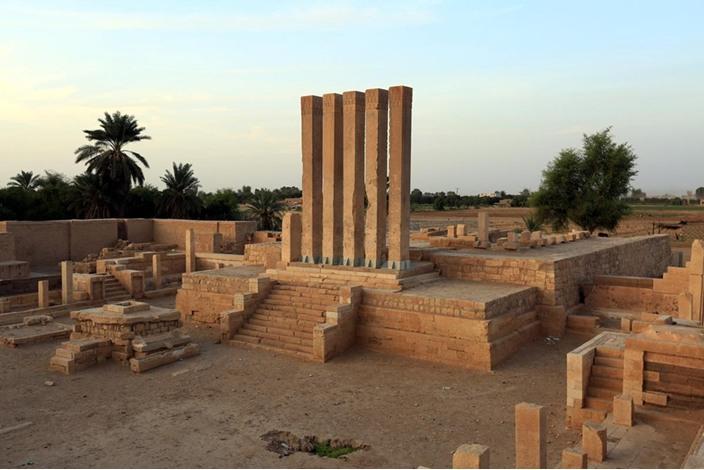
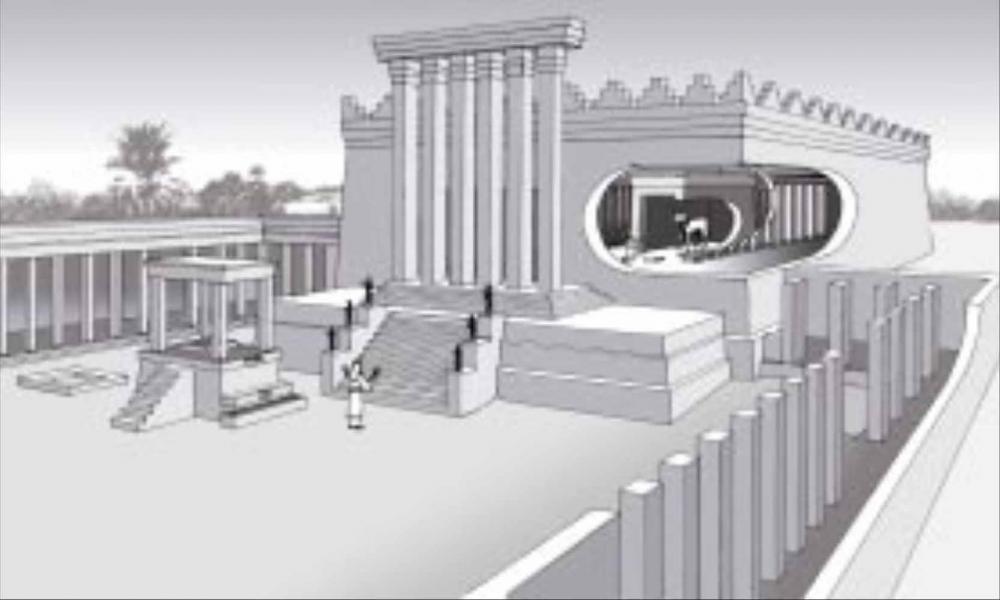
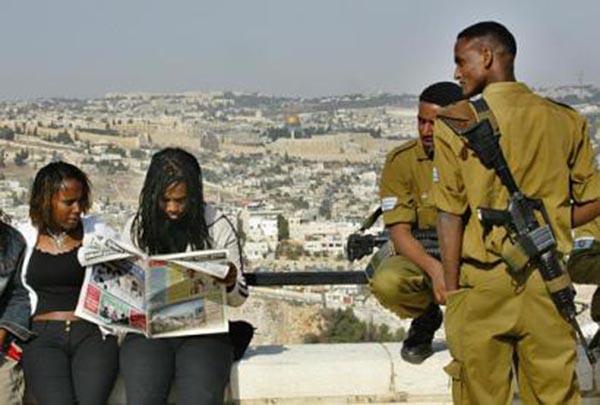
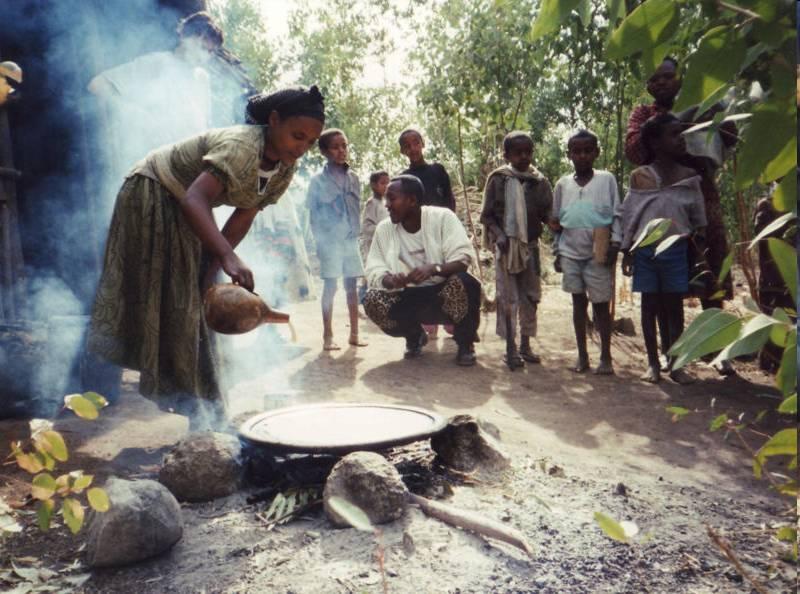
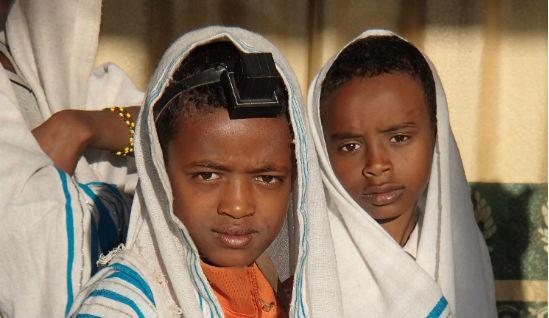
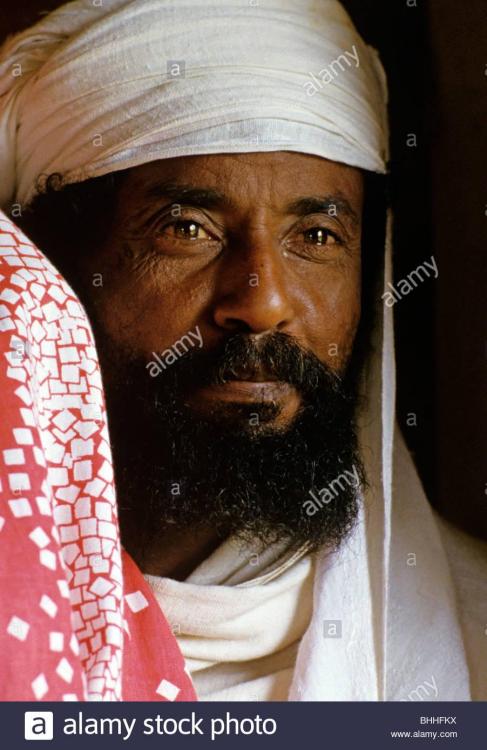
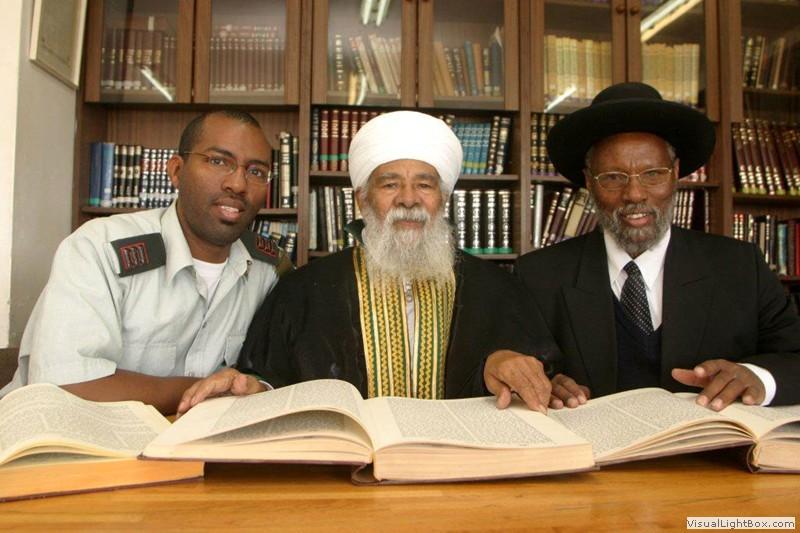

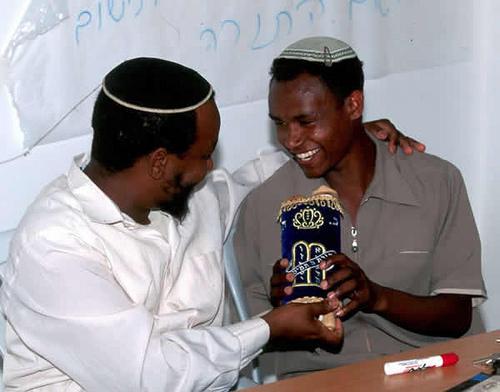

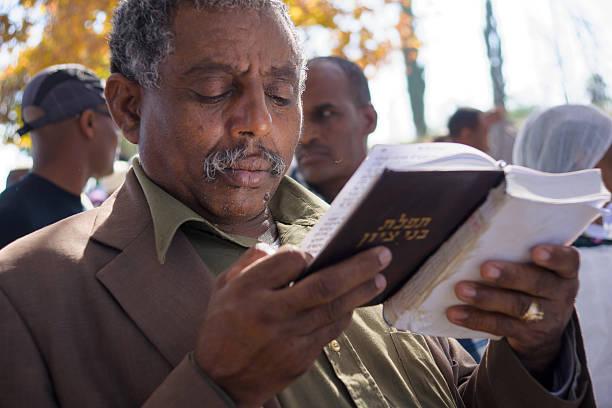
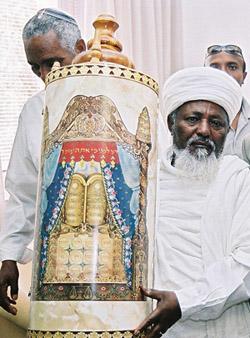
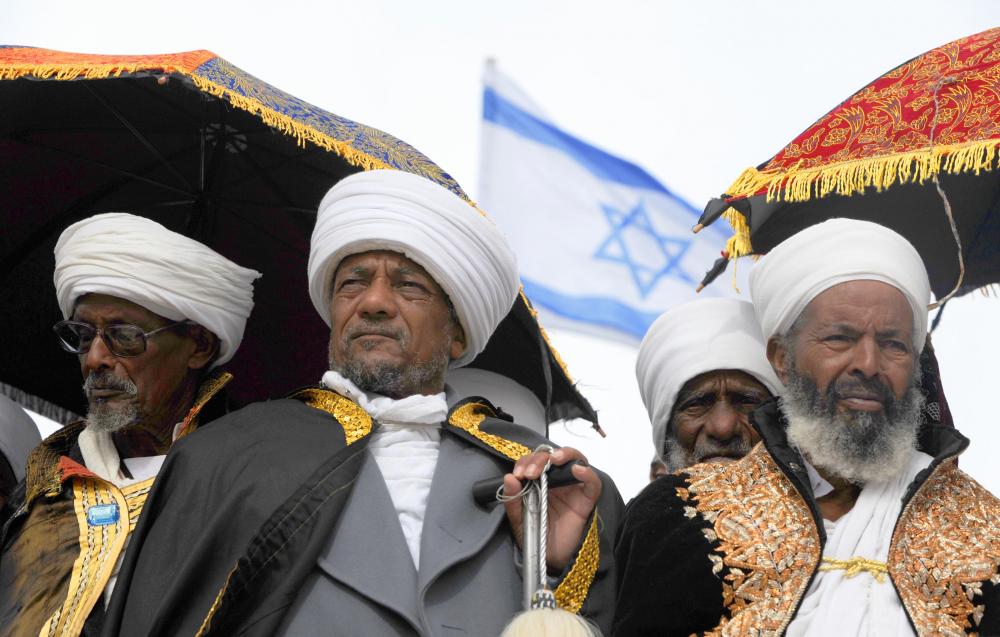
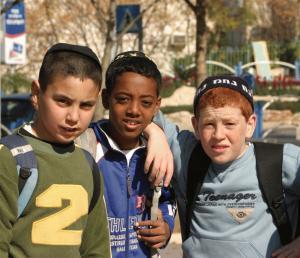

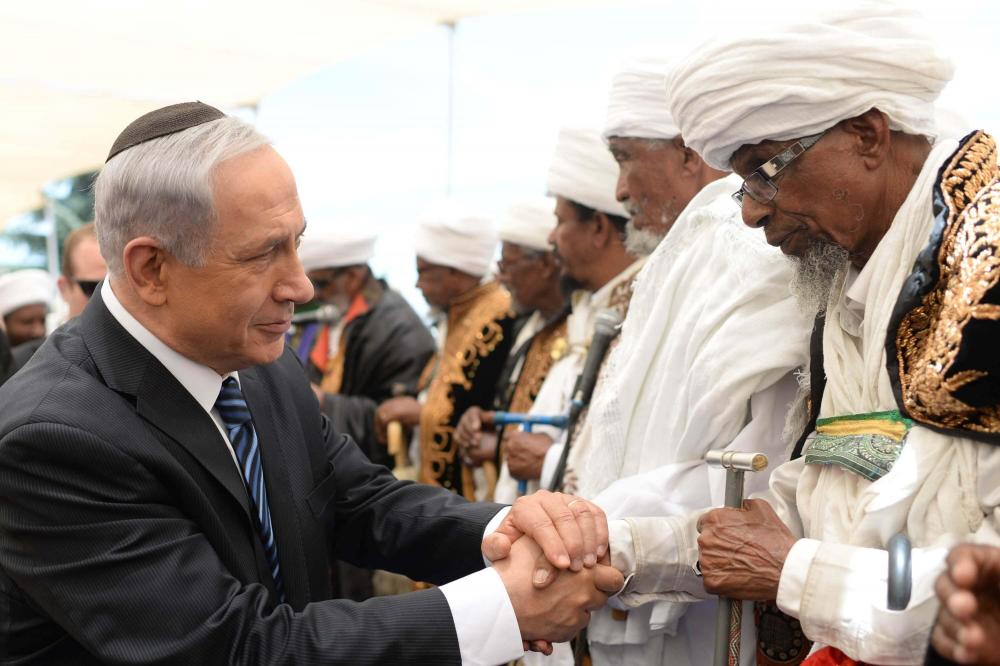
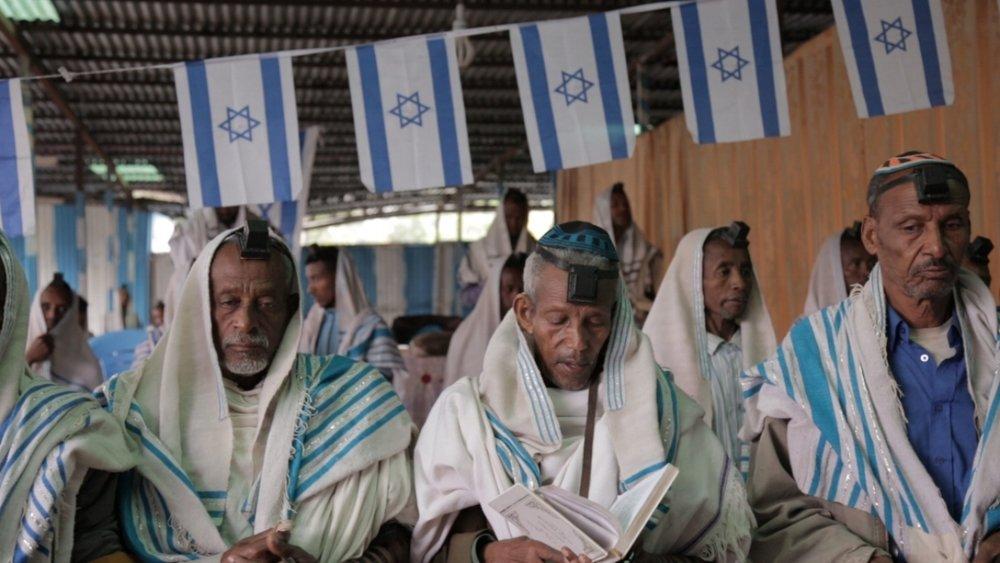
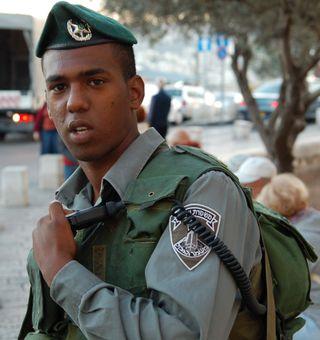
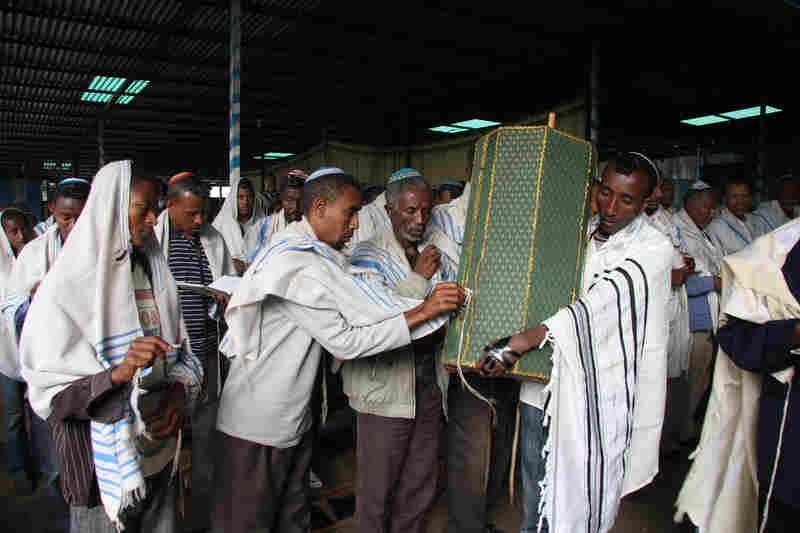

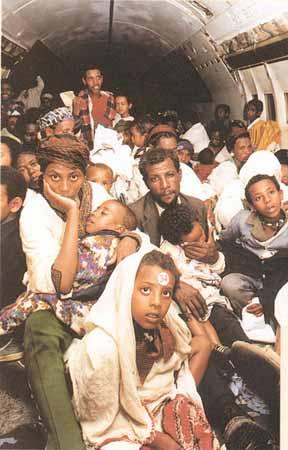
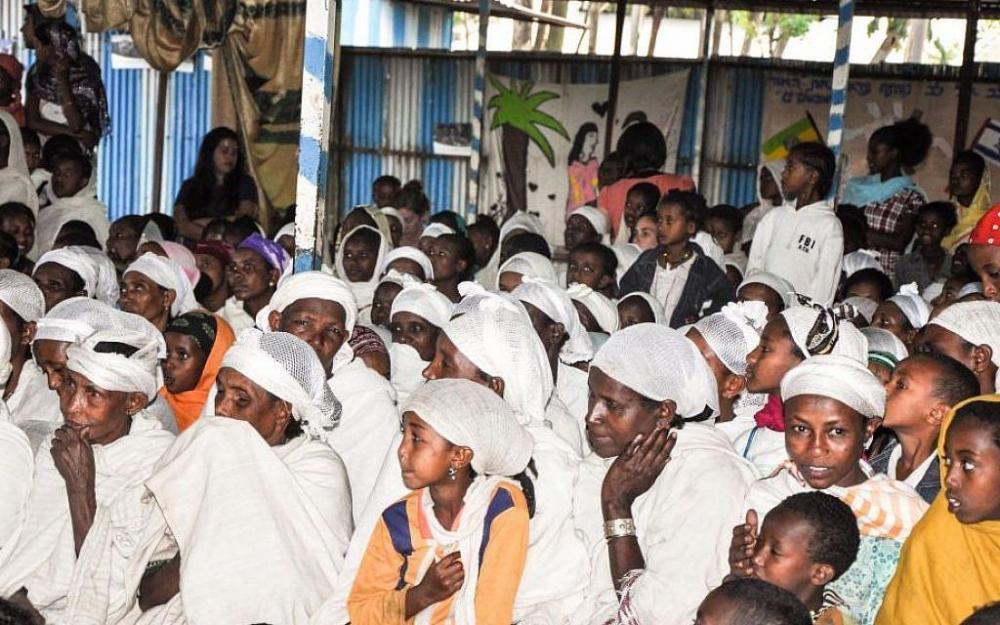
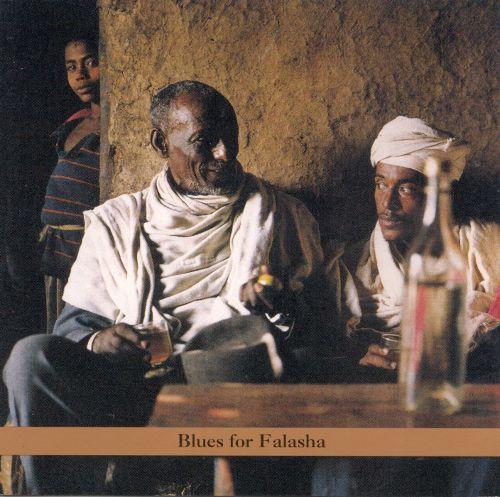
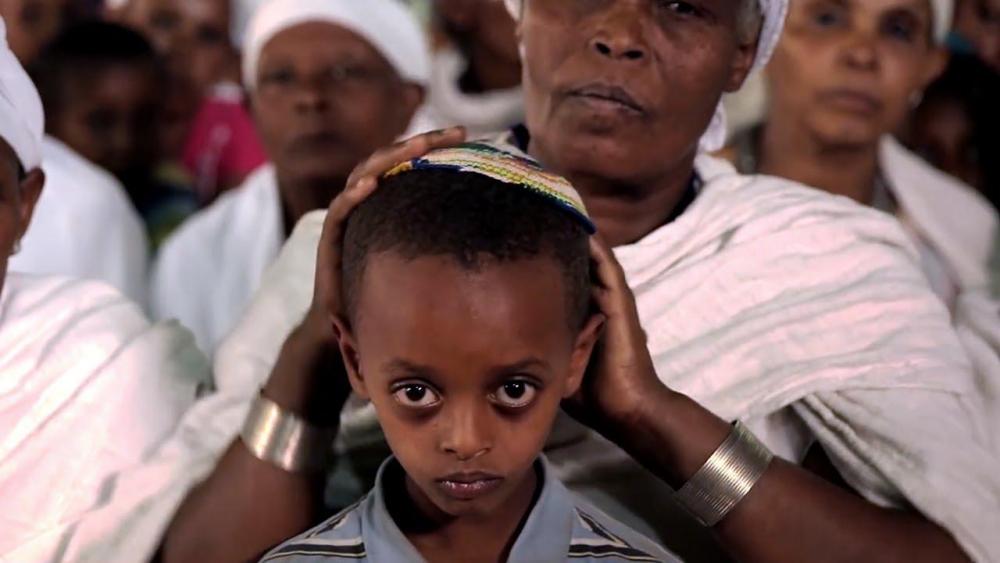
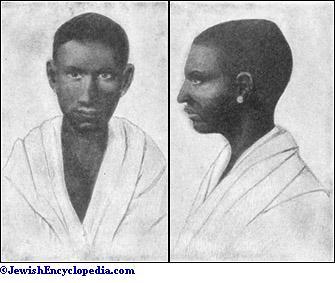
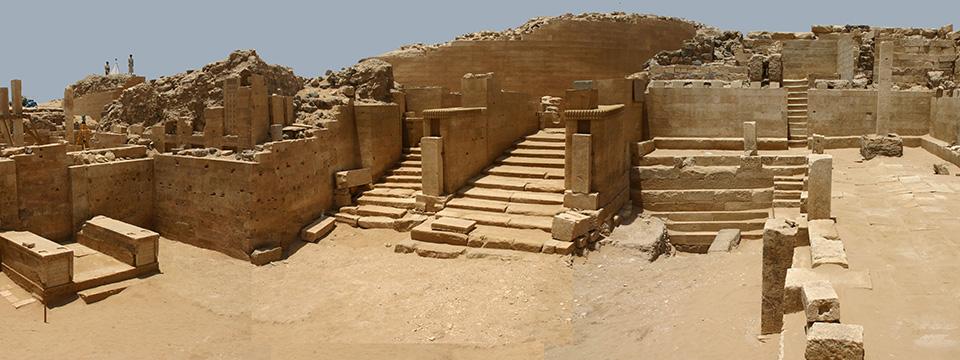
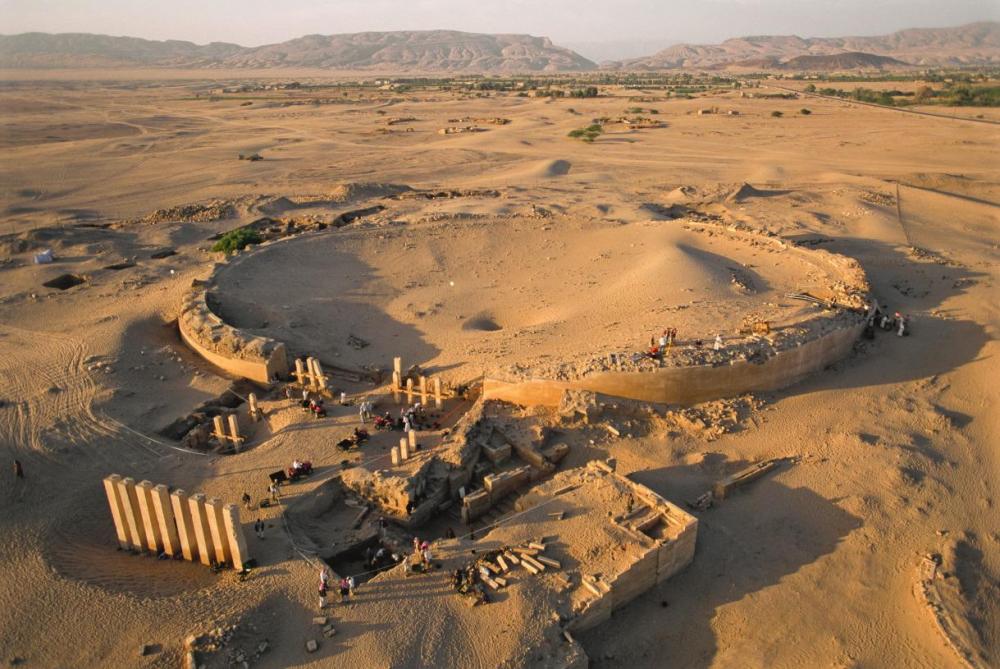
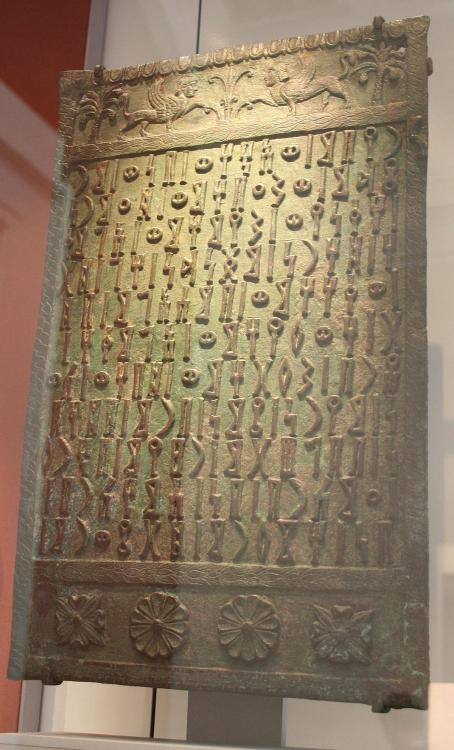
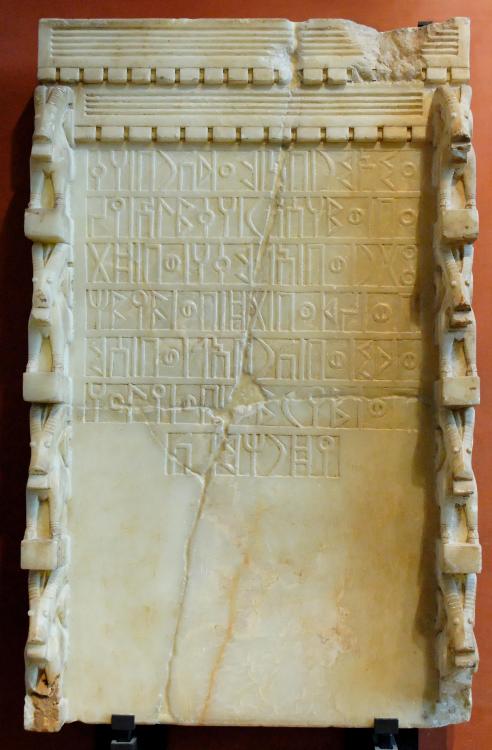
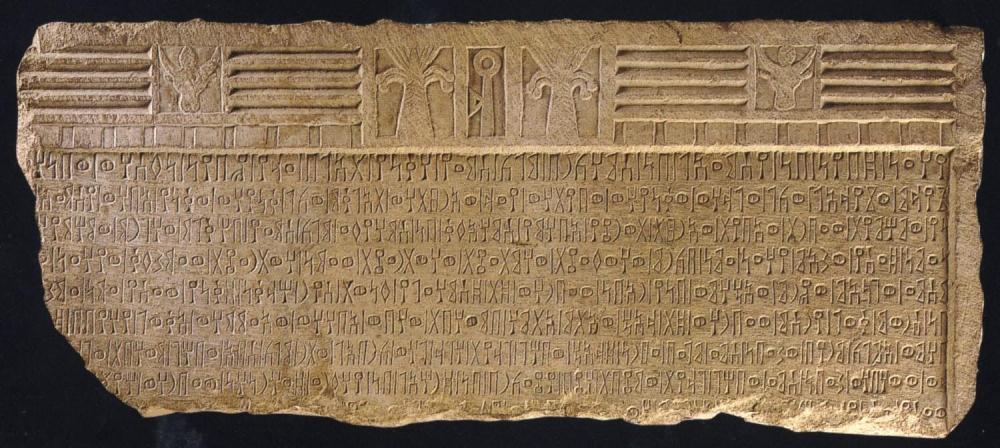
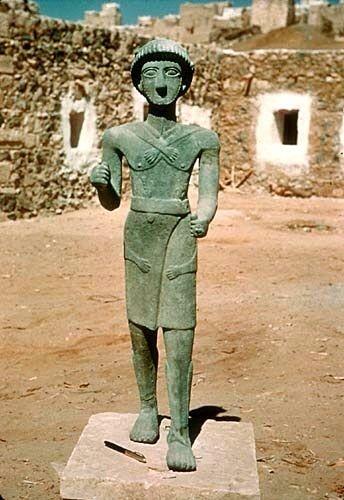
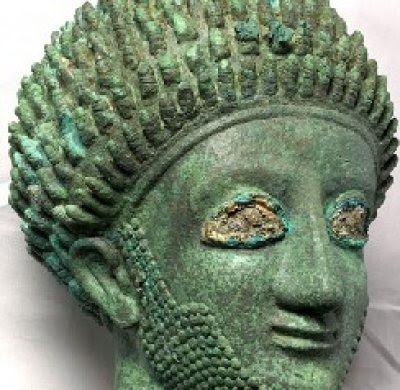
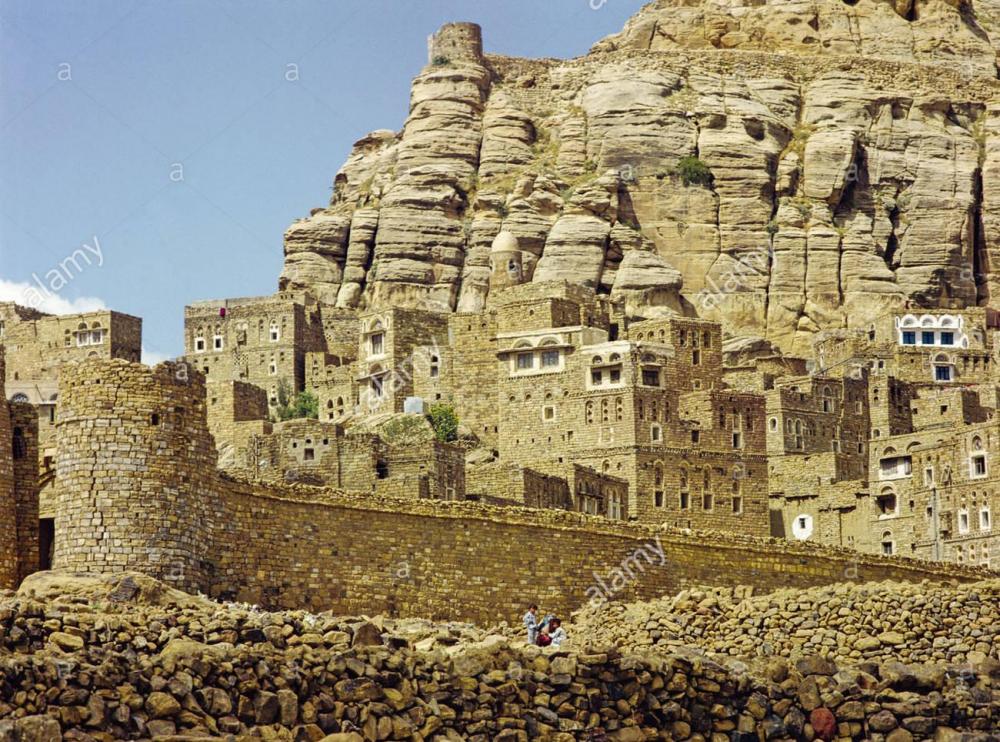
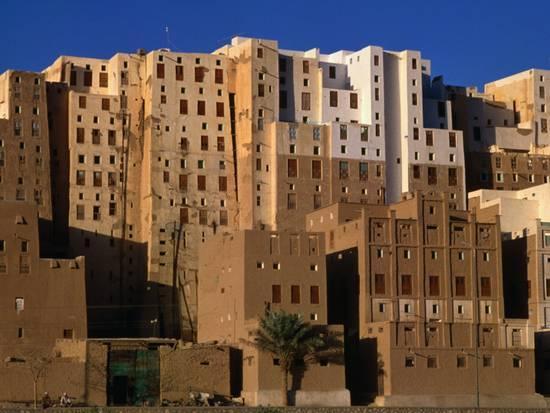
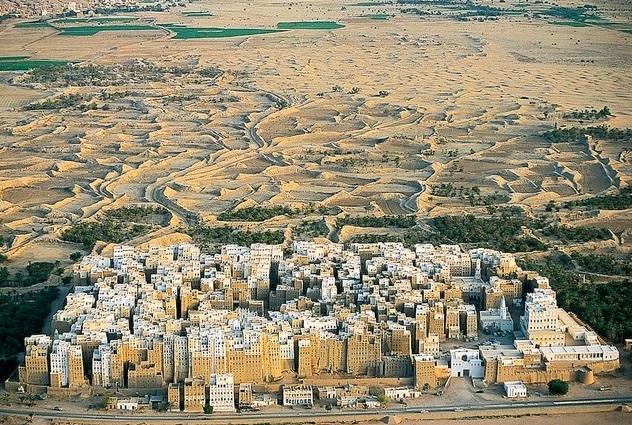
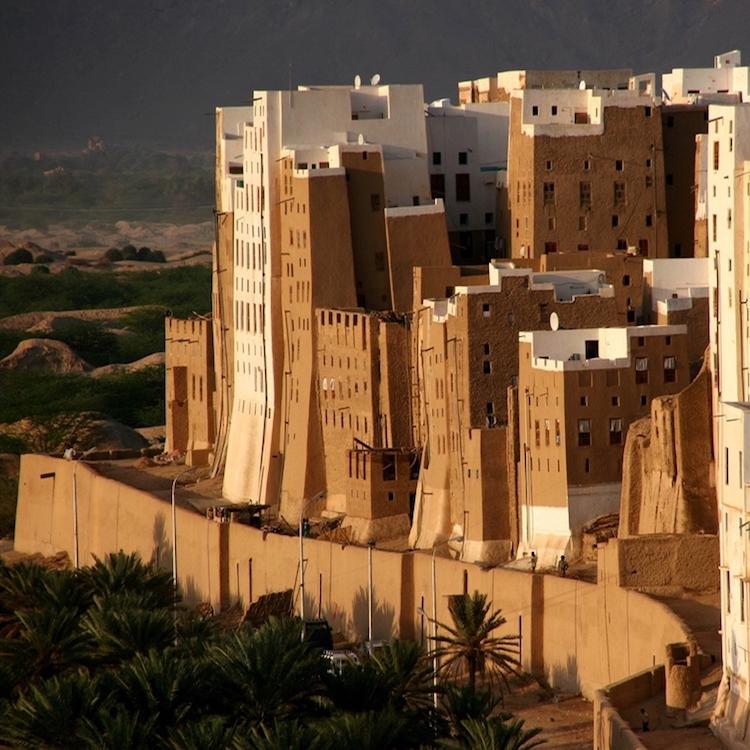
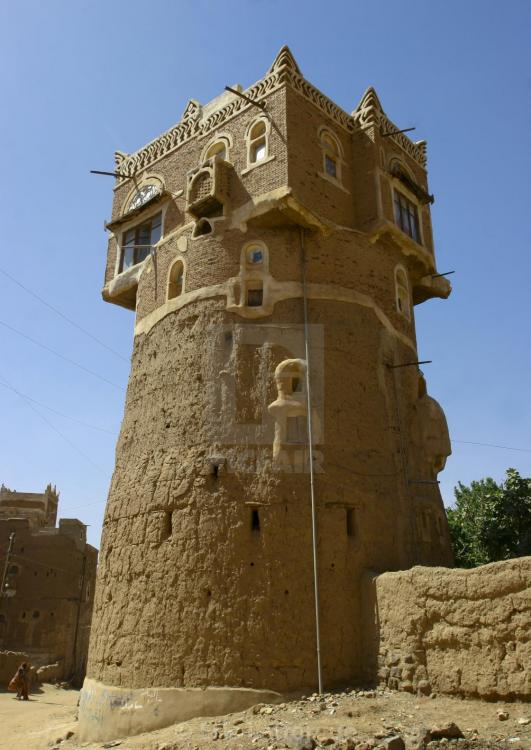
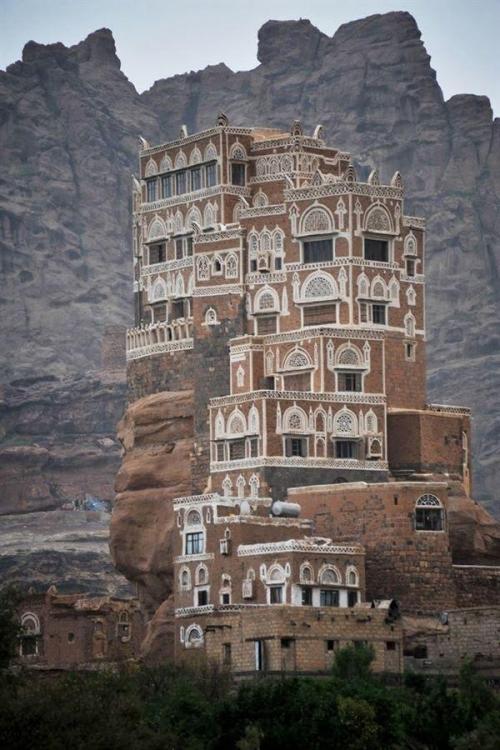
.thumb.jpg.e4cb4a5976249bbd7e356c1fe51cabf5.jpg)
